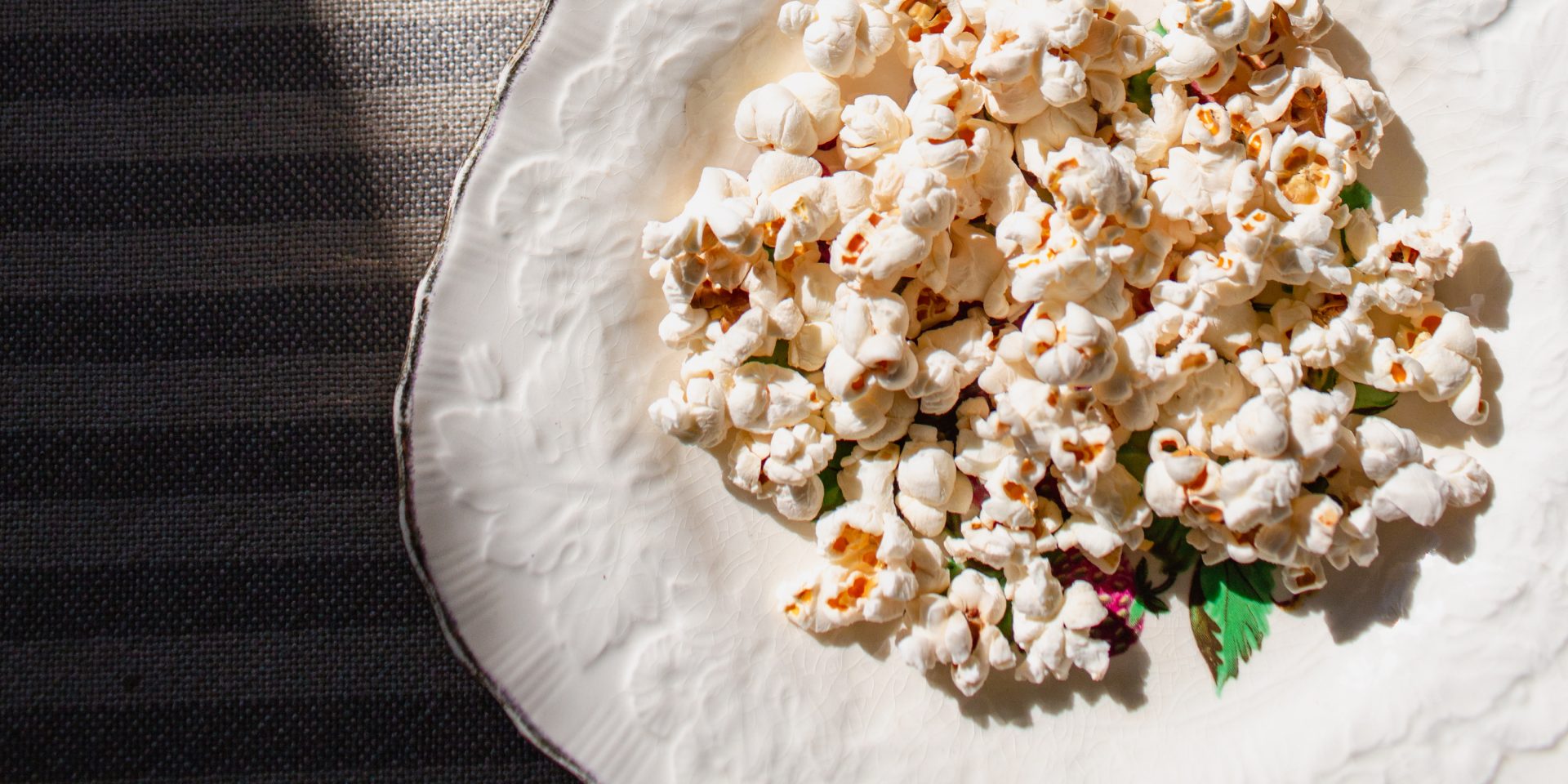
Who
Laurie Green
For those of you who love gardening, you’d be delighted when you step into Laurie’s backyard that’s filled with wonderful varieties of edible plants, herbs and fruit trees – complete with her beautiful chooks. On my visit, Laurie was super excited to show me her newly blossomed banana tree and babaco (champagne fruit). I got to see fresh sea samphire for the first time (only seen the pickled version in a jar), run my fingers through the sweet smelling passionfruit marigold tree and carefully touched the spikes on the naranjilla plant.
The recipe Laurie shares here is her Berries Fruit Leathers, a home made healthy sweet that is much loved by her family and perfect for any picnic and school lunches. There were a few keriberries left on her tree and we picked some to go into the mixture with the raspberries.
“Homemade fruit leathers are a great way to use up excesses or fruit that’s past its prime. This recipe is easy to make at home with kids, is a popular lunch box snack & only includes four natural ingredients. My family likes the combination of raspberries and banana, but any combination of fruit can be used (apple & cinnamon, cherry & cranberry or mango & pineapple are also delicious). If you don’t own a dehydrator these can also be made in the oven, though drying times may vary.”
Laurie Green is a Sydney based permaculture designer and founder of Crop Swap Australia which facilitates the swapping of homegrown produce, seeds and plants through local, cashless markets. These groups have proven to successfully build local community, increase awareness around sustainable living practices, reduce food waste & help people to eat better for less. The initiative currently operates over 30 national groups with an additional one in Vancouver Canada, and has an audience of over 50k. These days Laurie channels her creativity into community food projects, urban permaculture, low waste living, organics & into her writing for The Sustainable Living Magazine.
Laurie’s food waste tip
"Homemade fruit leathers are a great way to use up excesses or fruit that’s past its prime. This recipe is easy to make at home with kids, is a popular lunch box snack & only includes four natural ingredients."
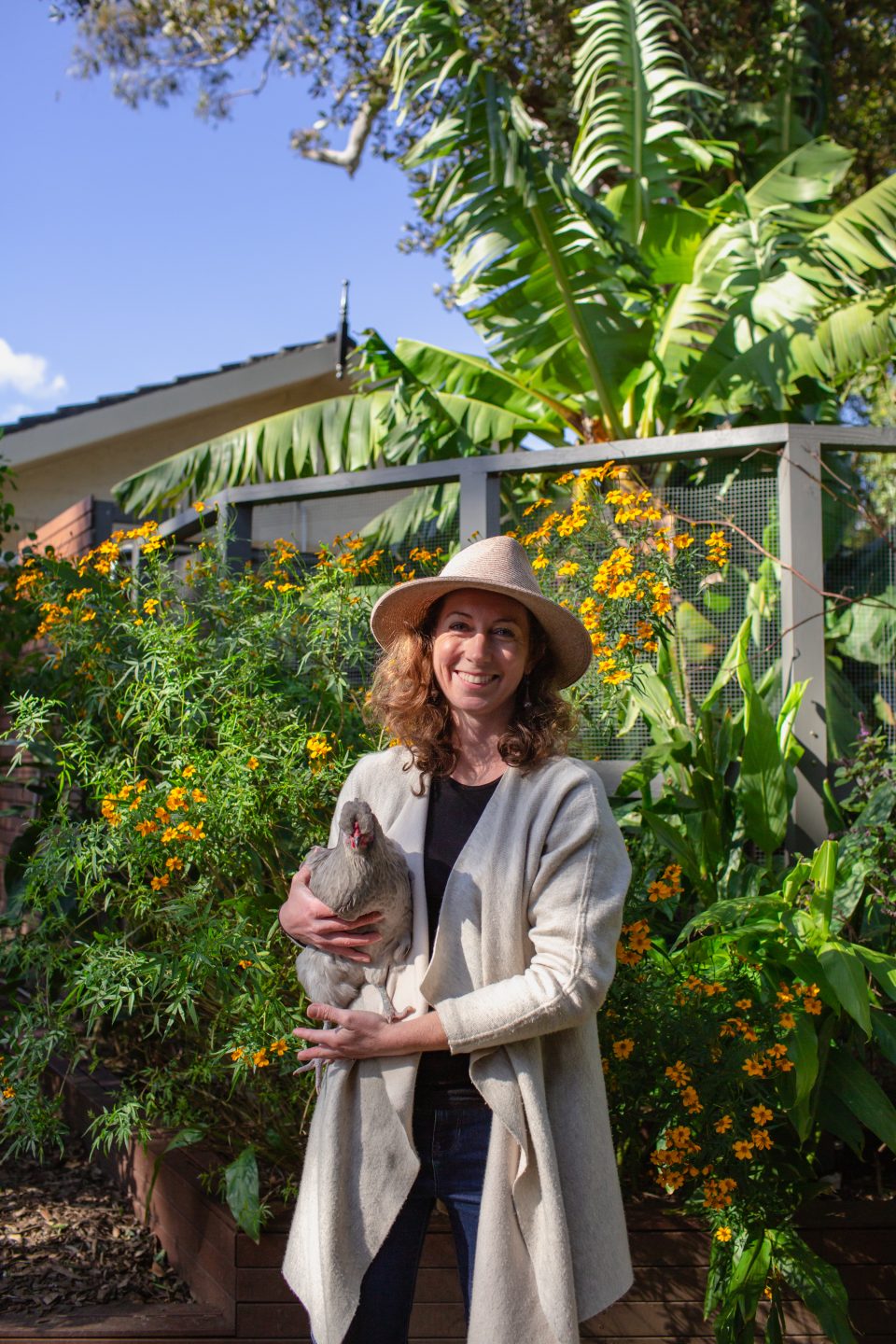
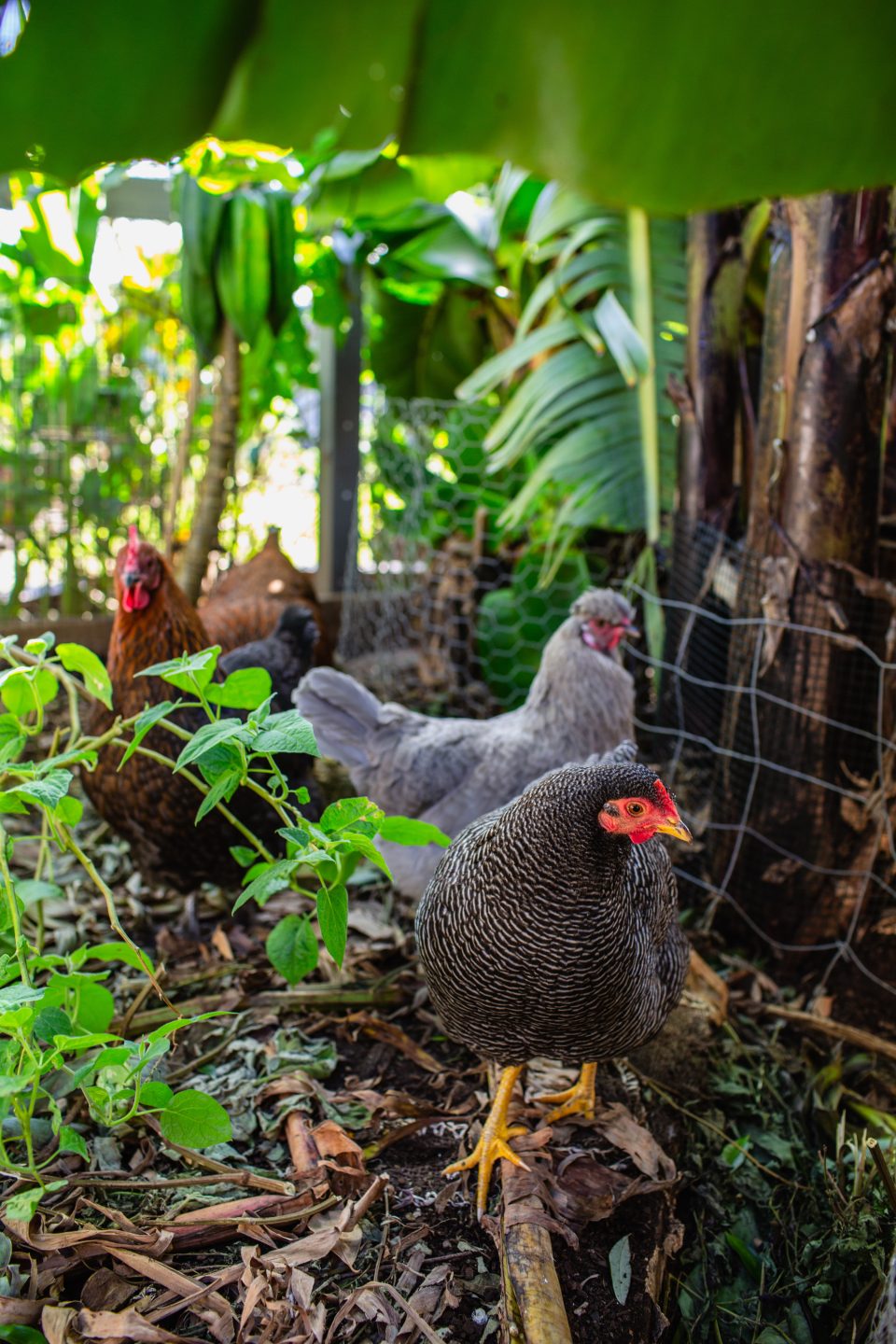
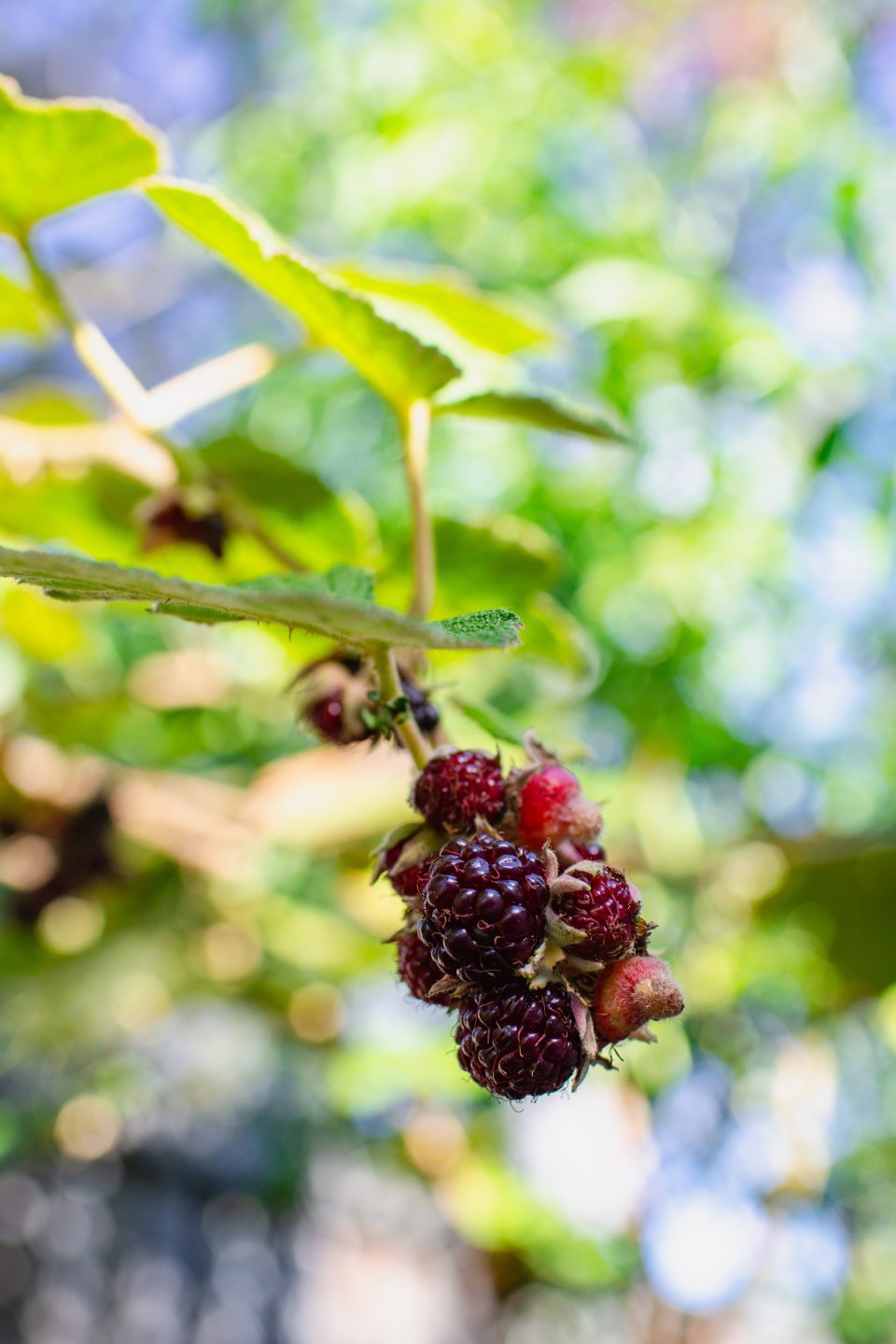
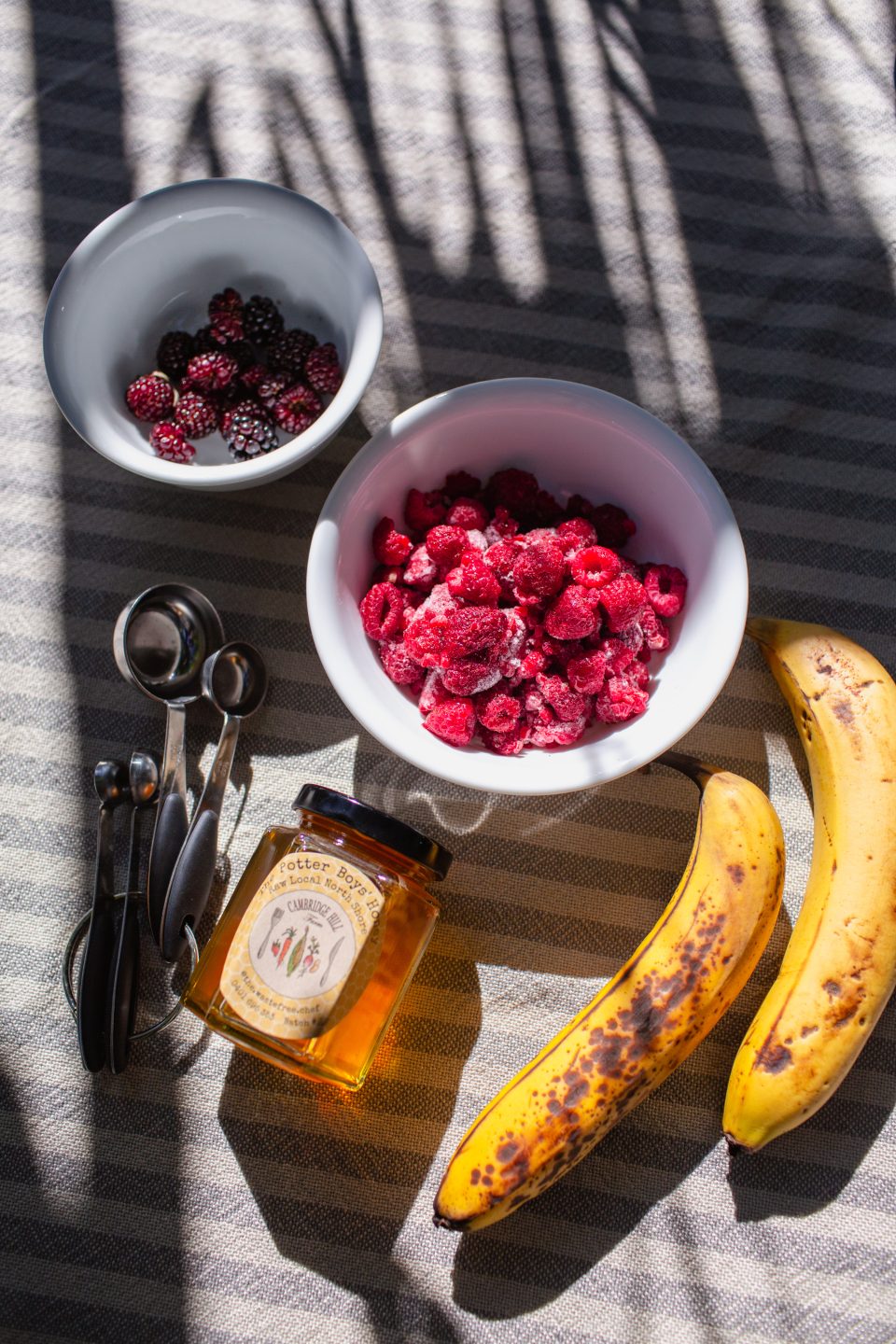
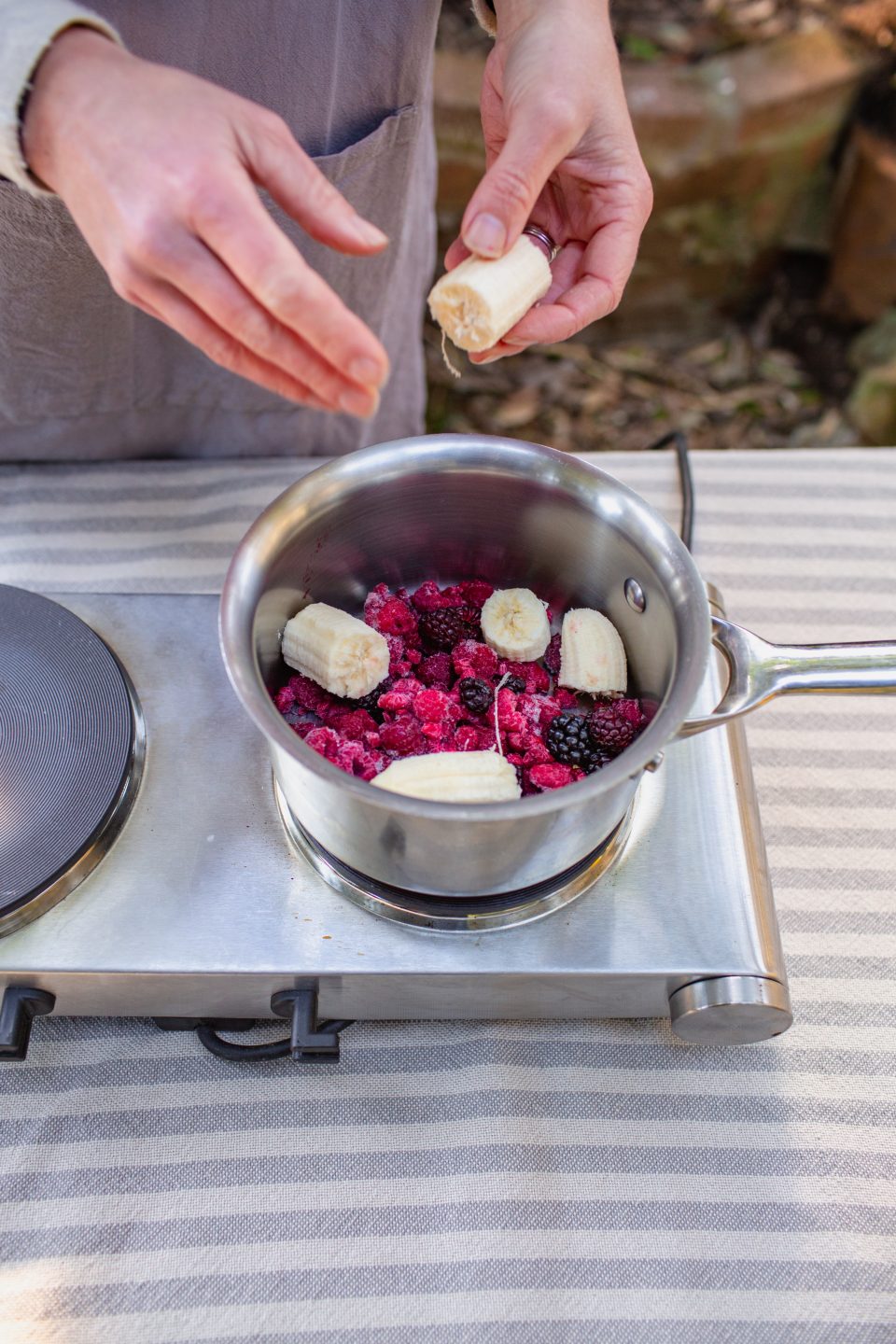
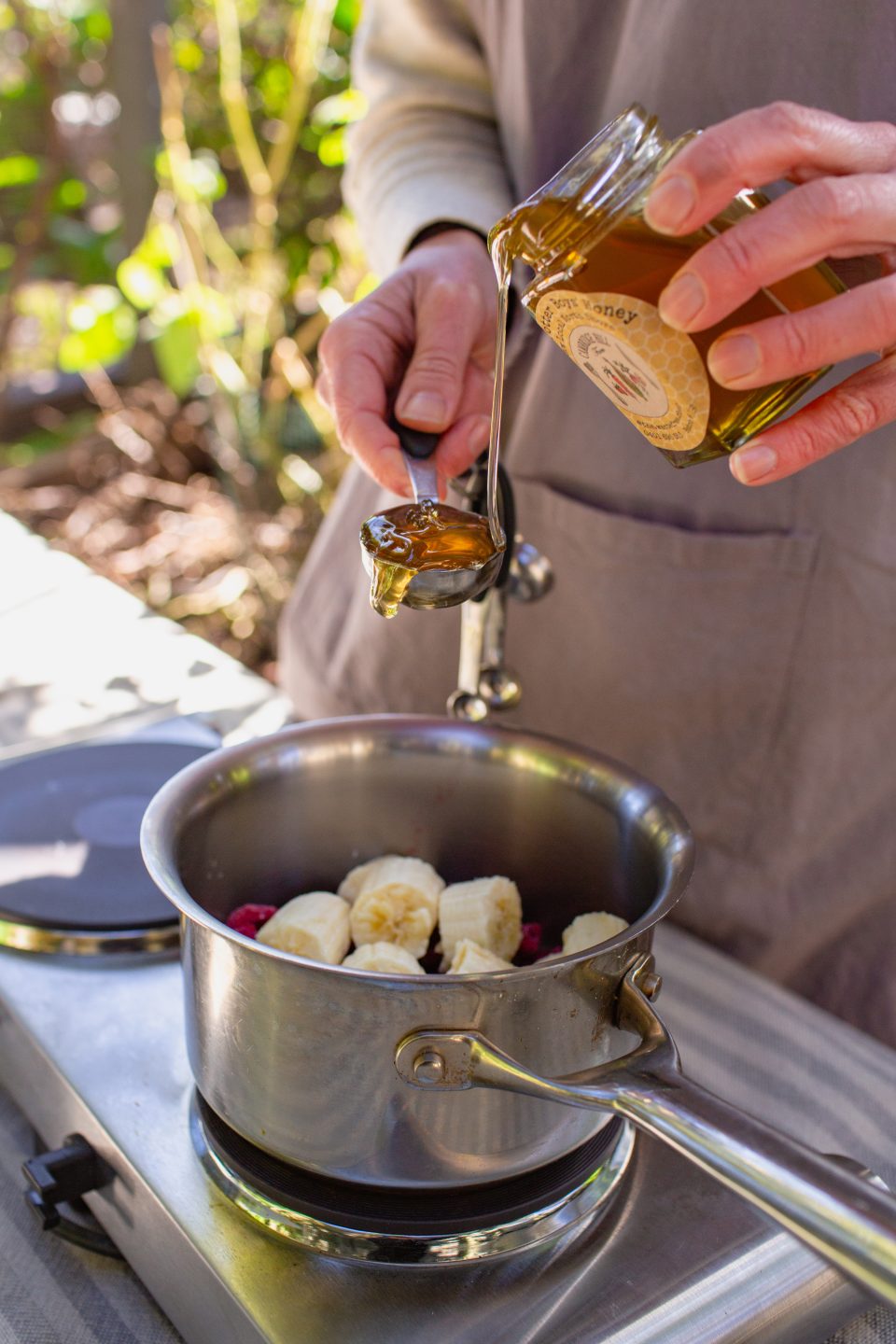
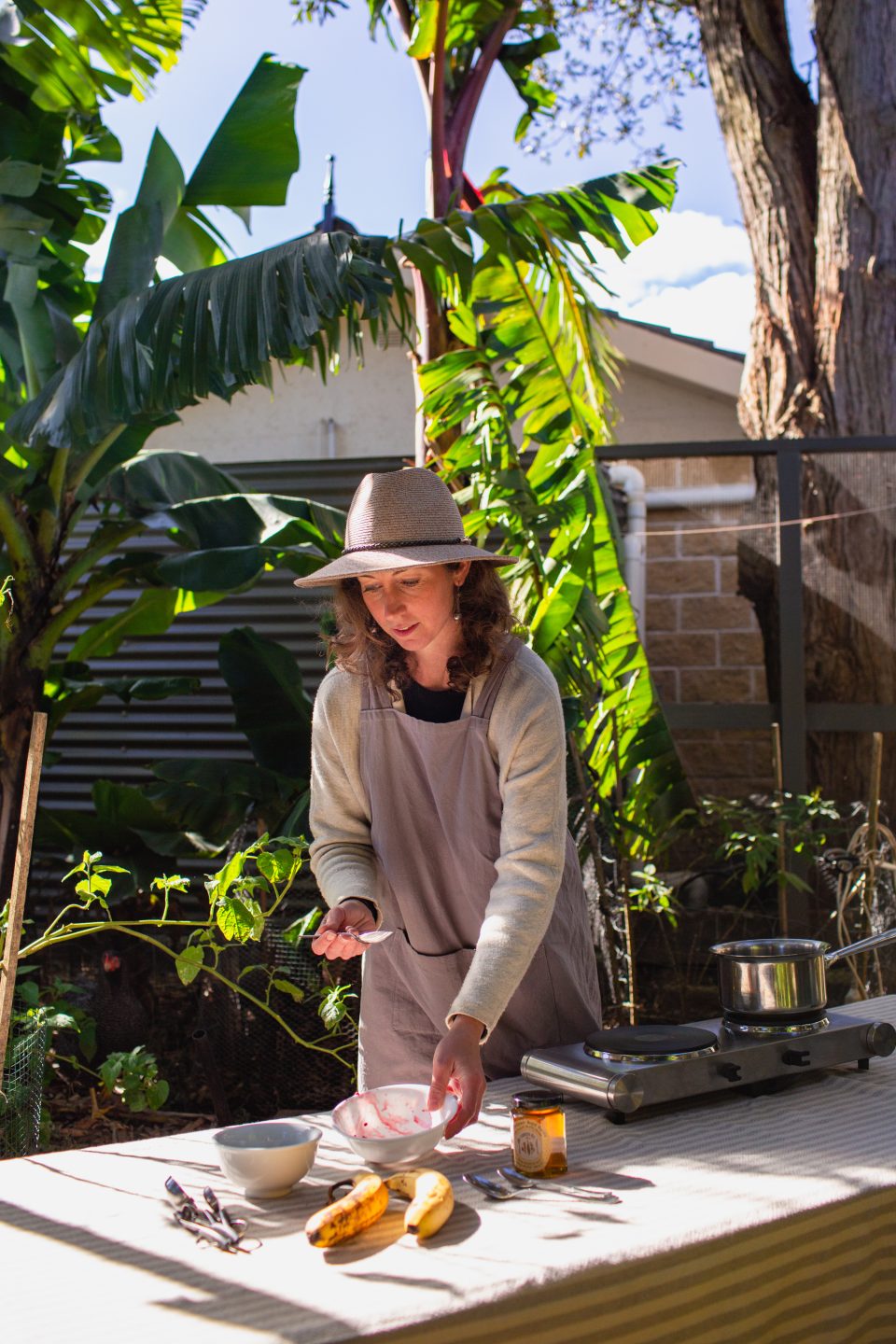
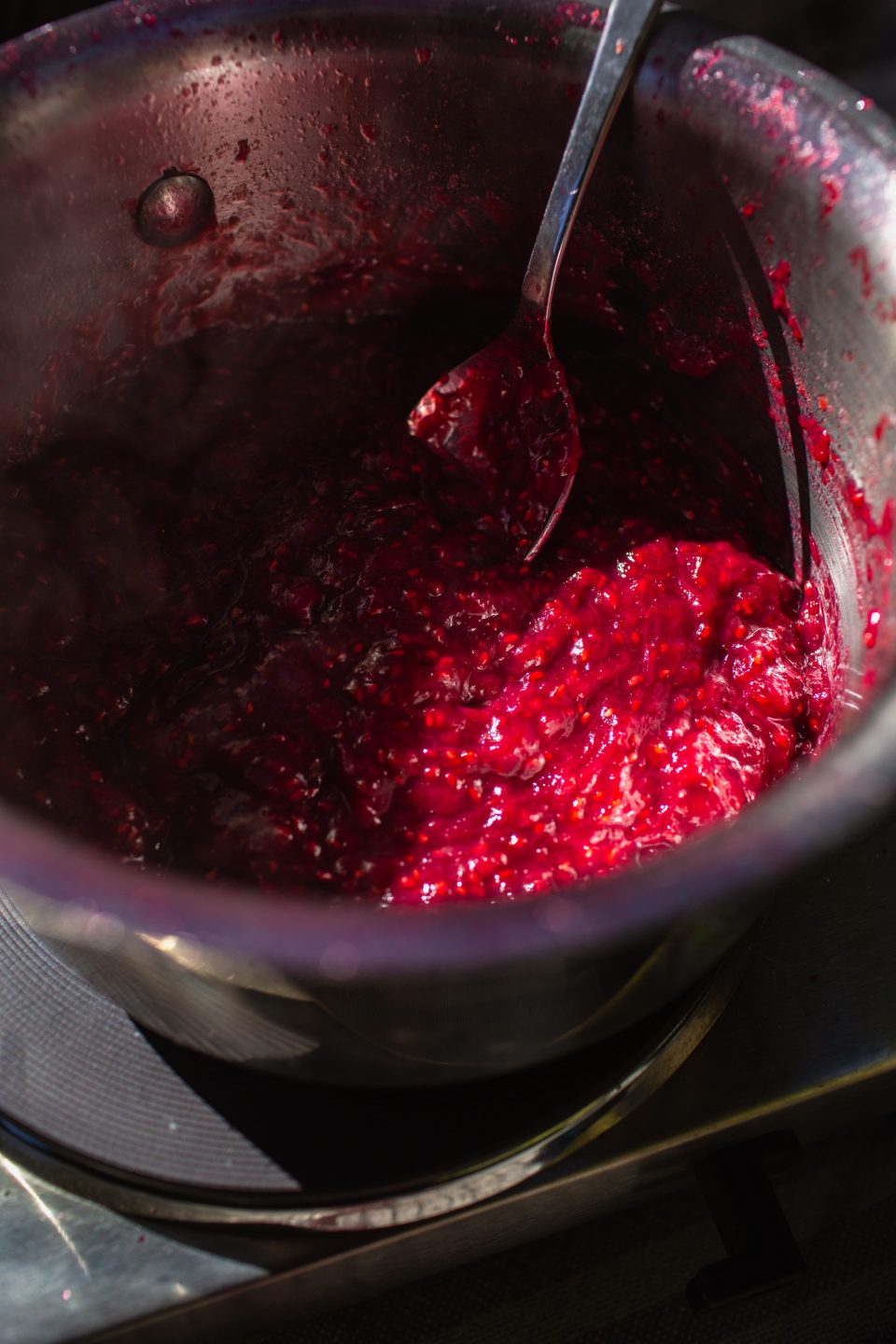
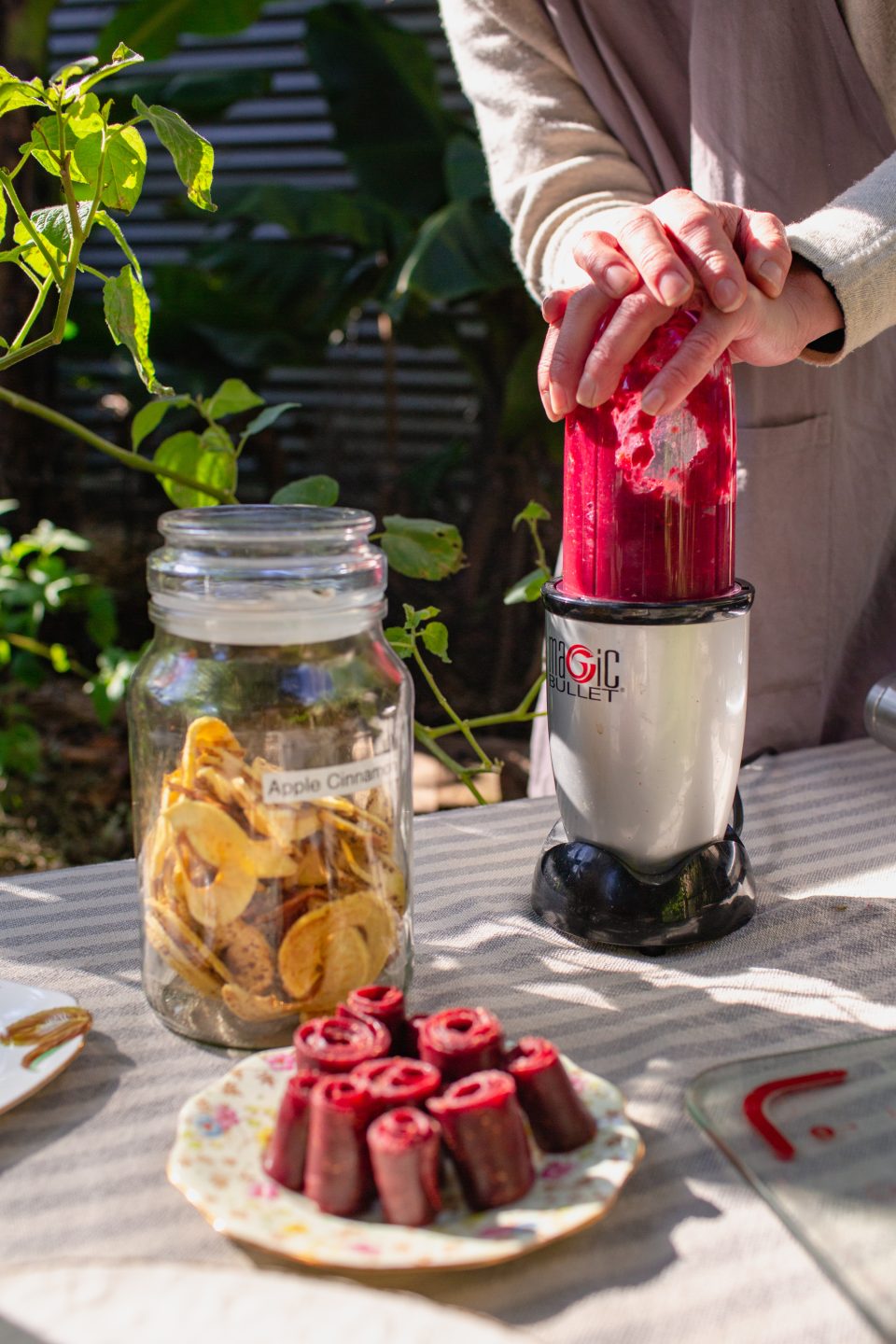
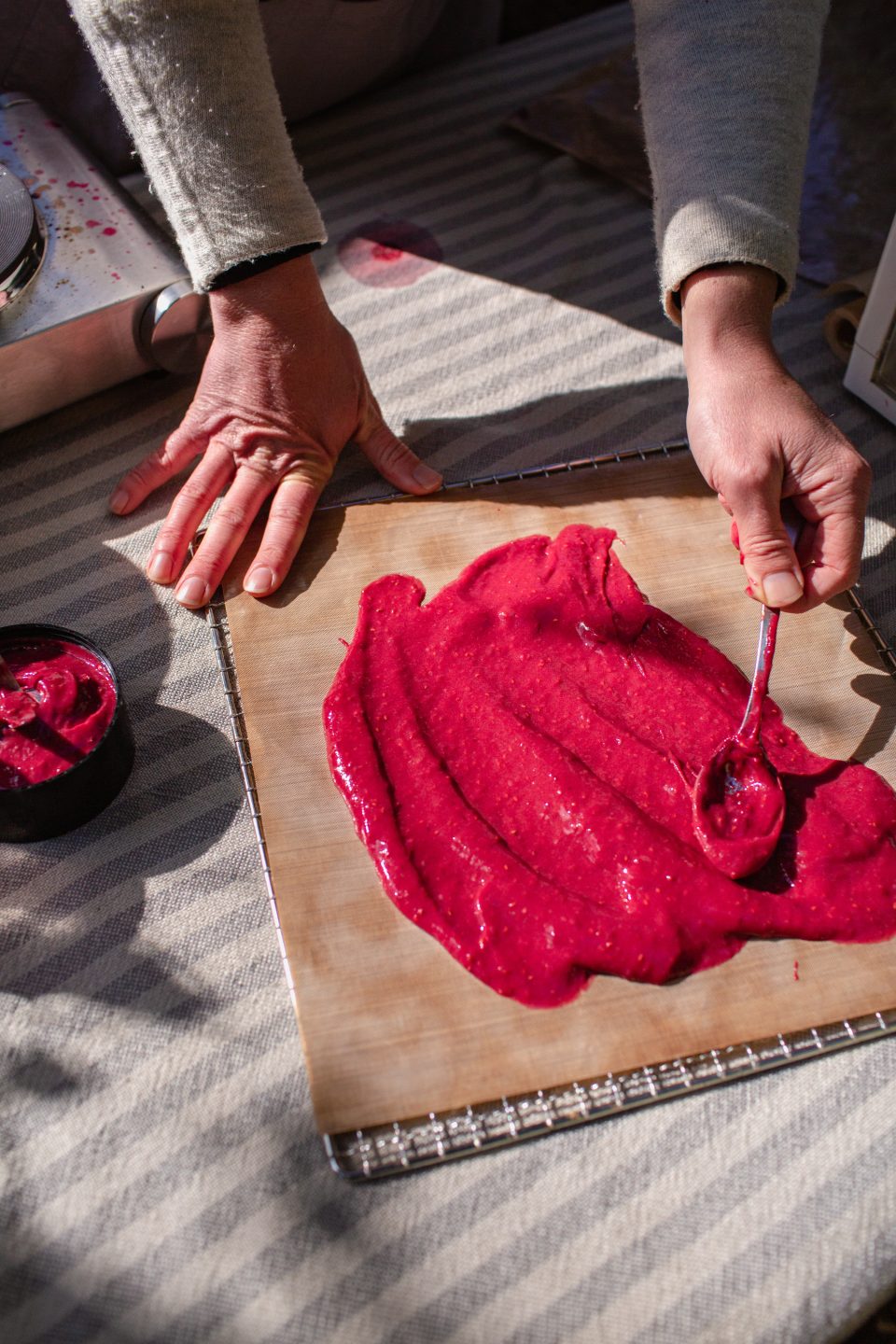
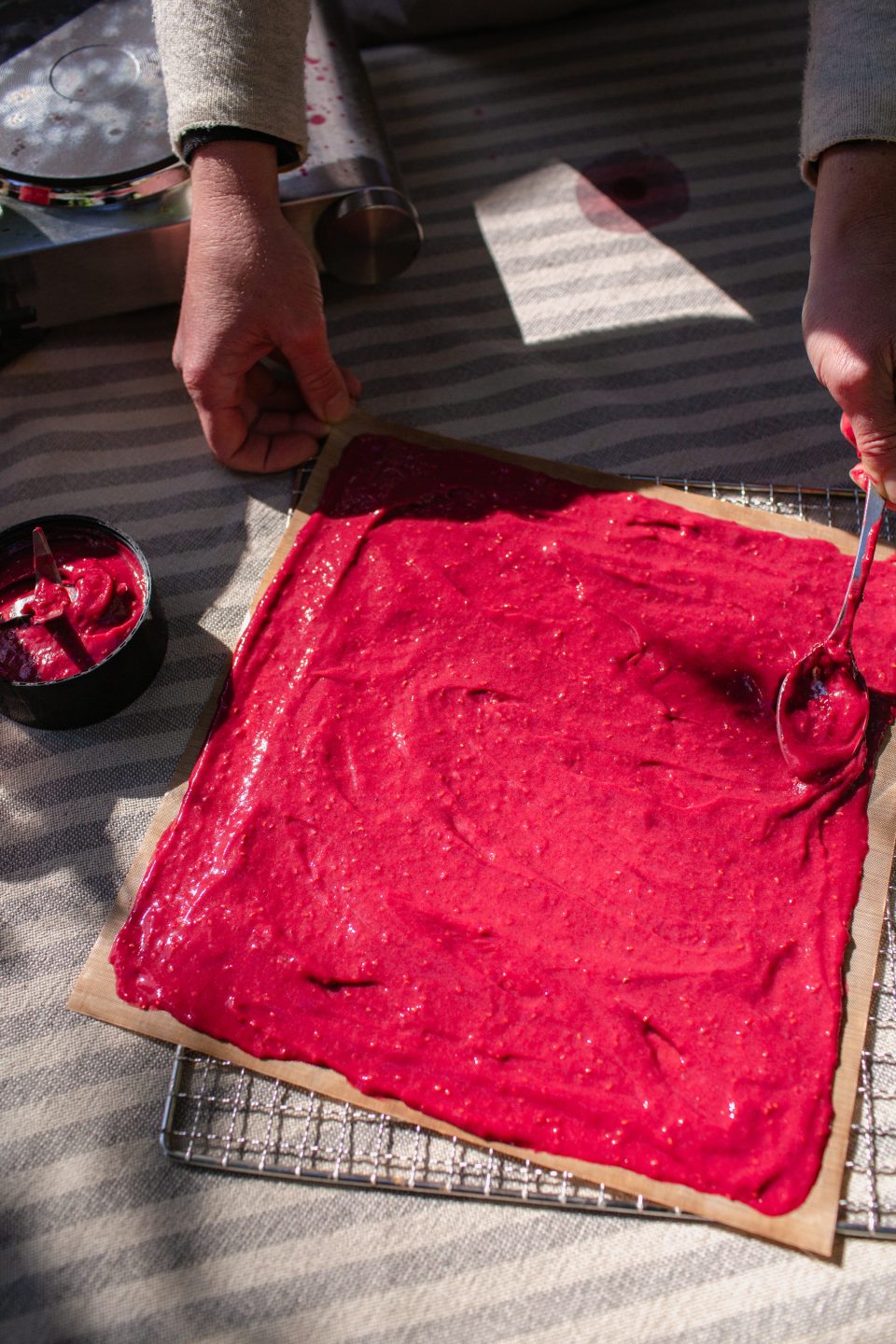
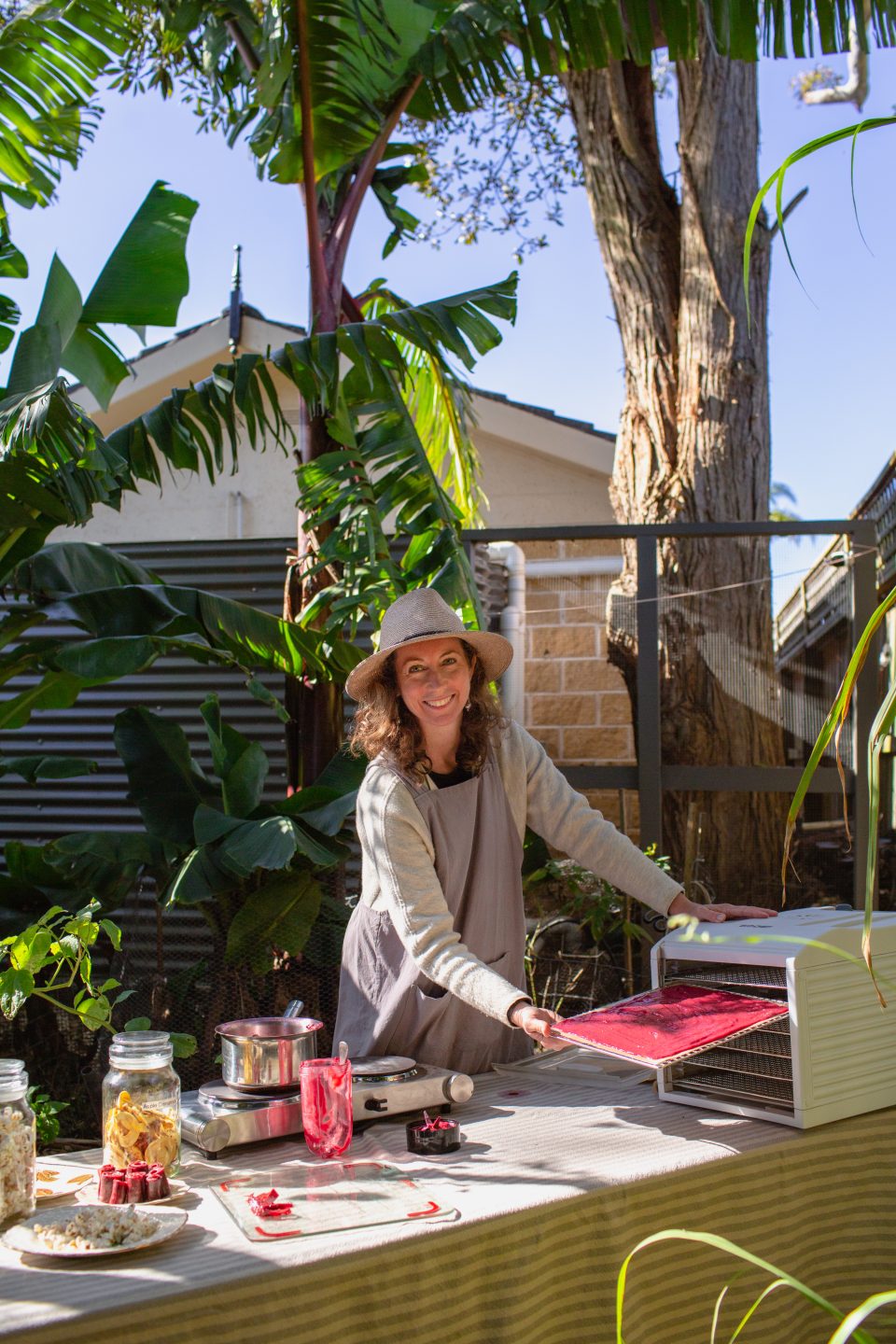
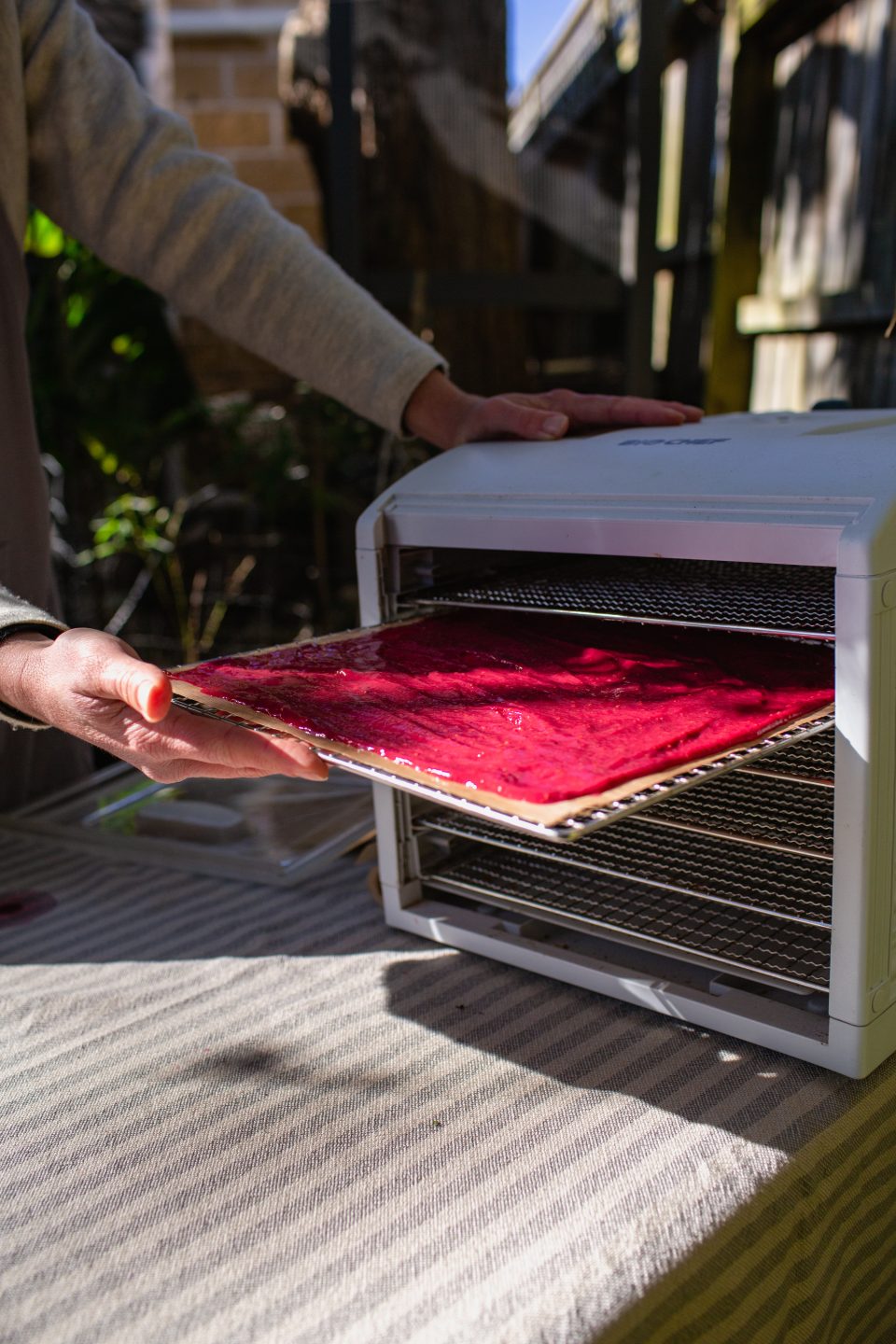
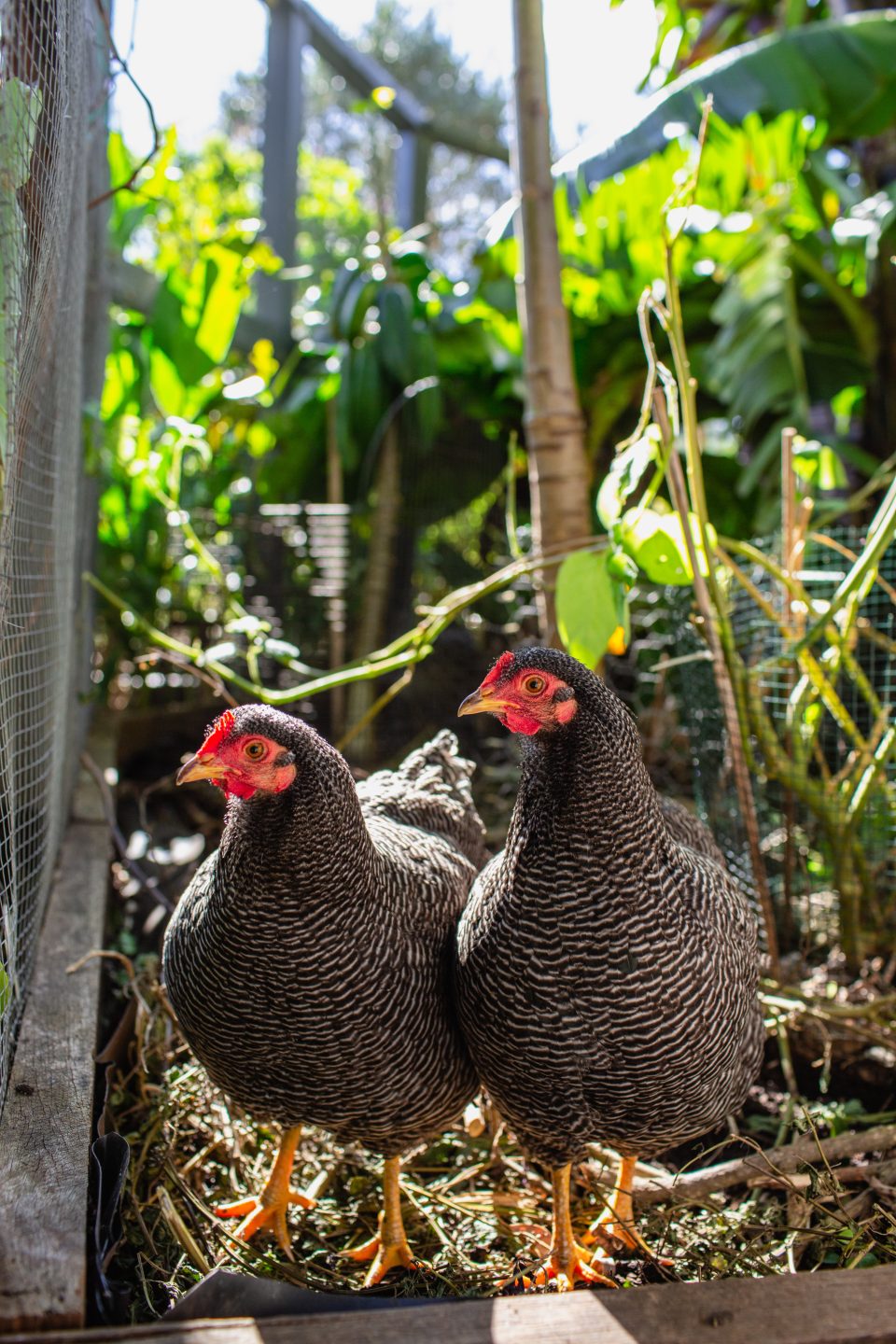
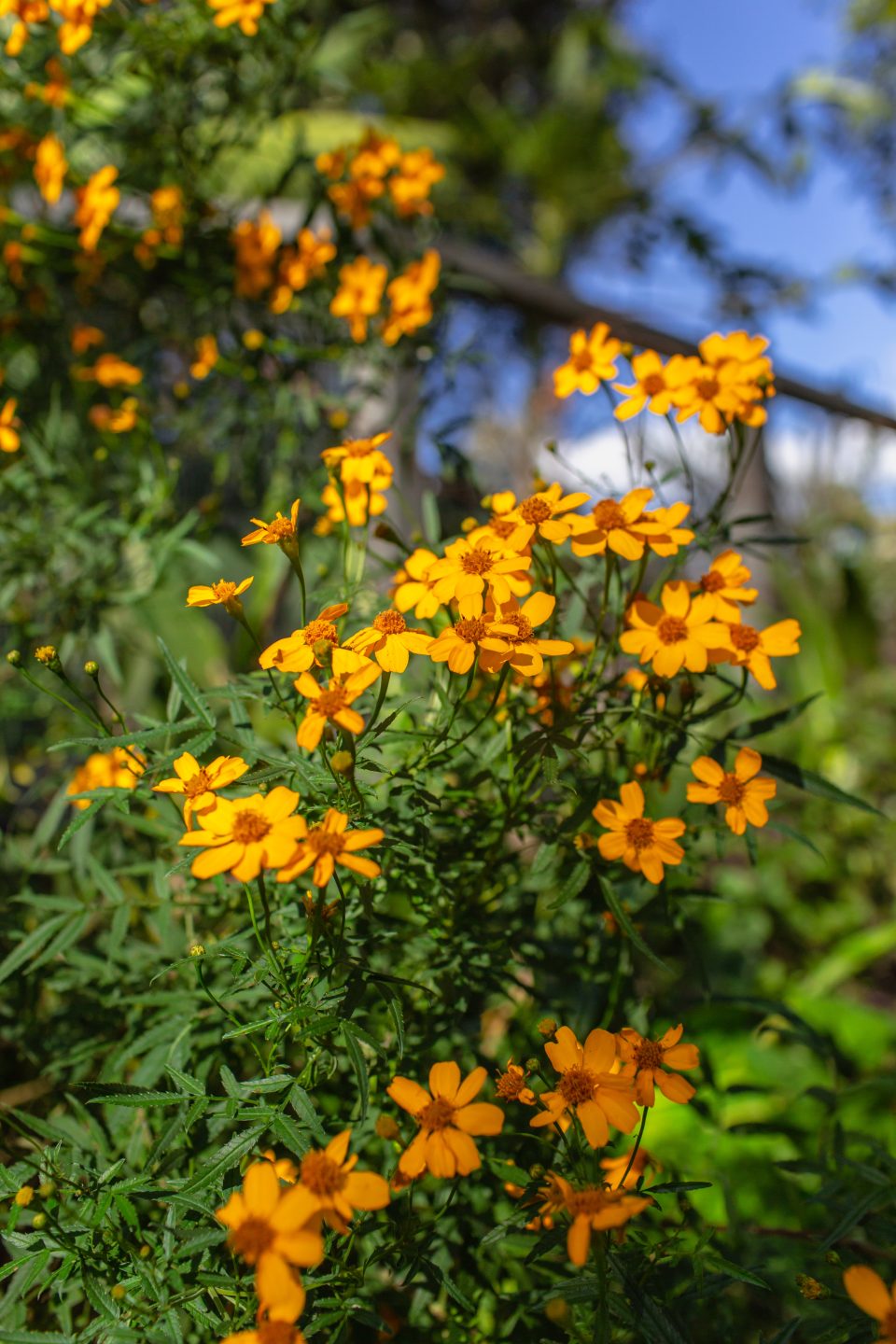
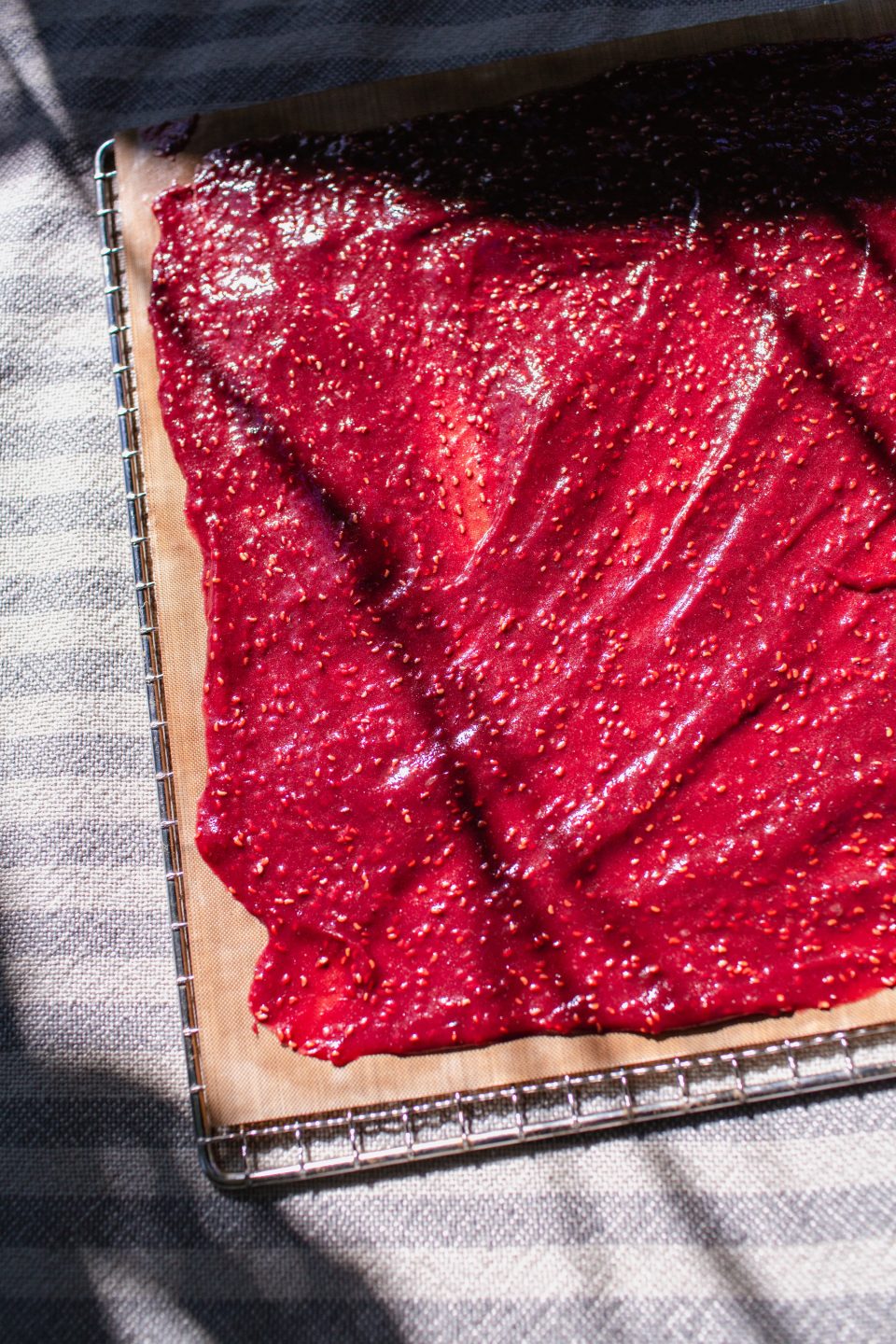
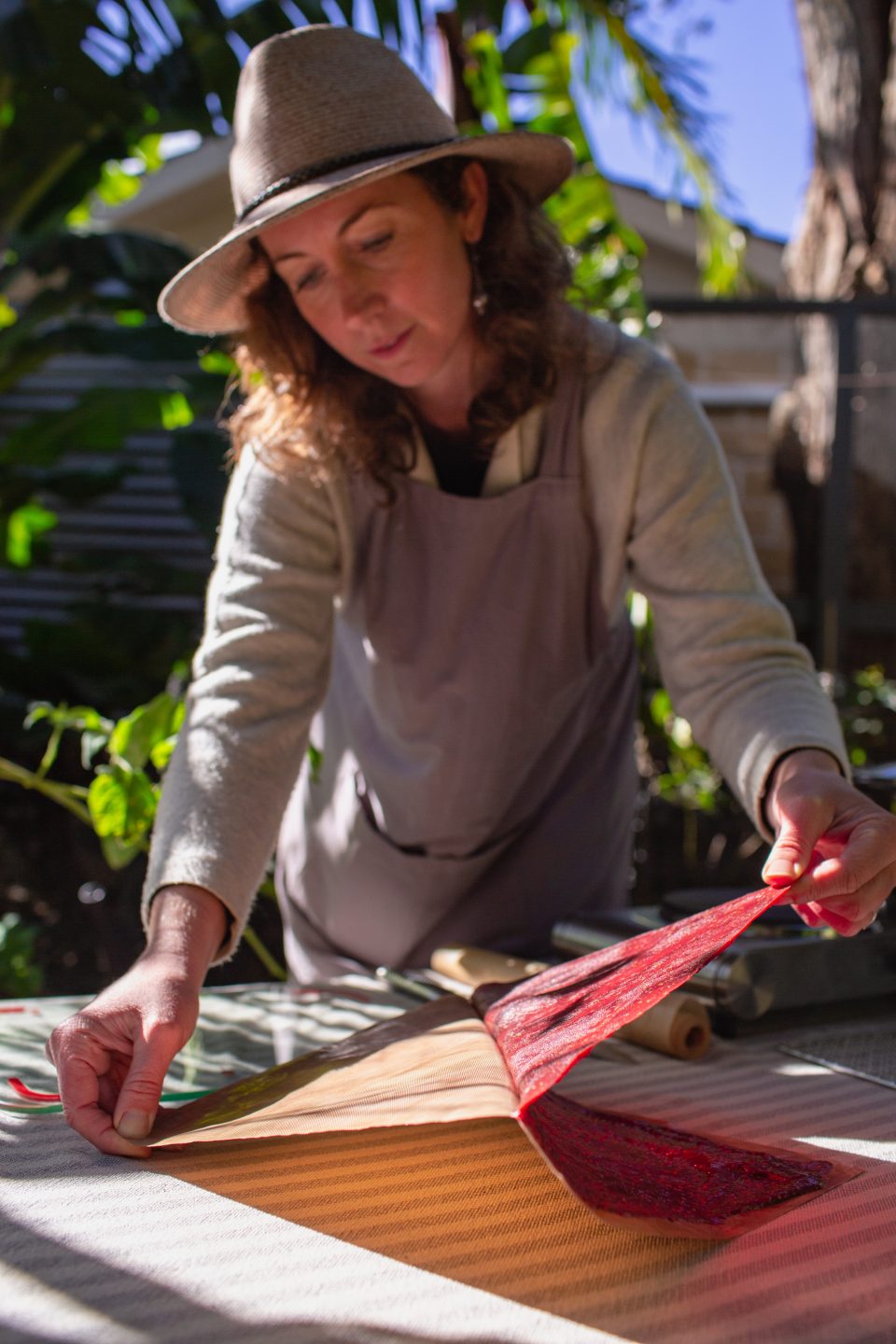
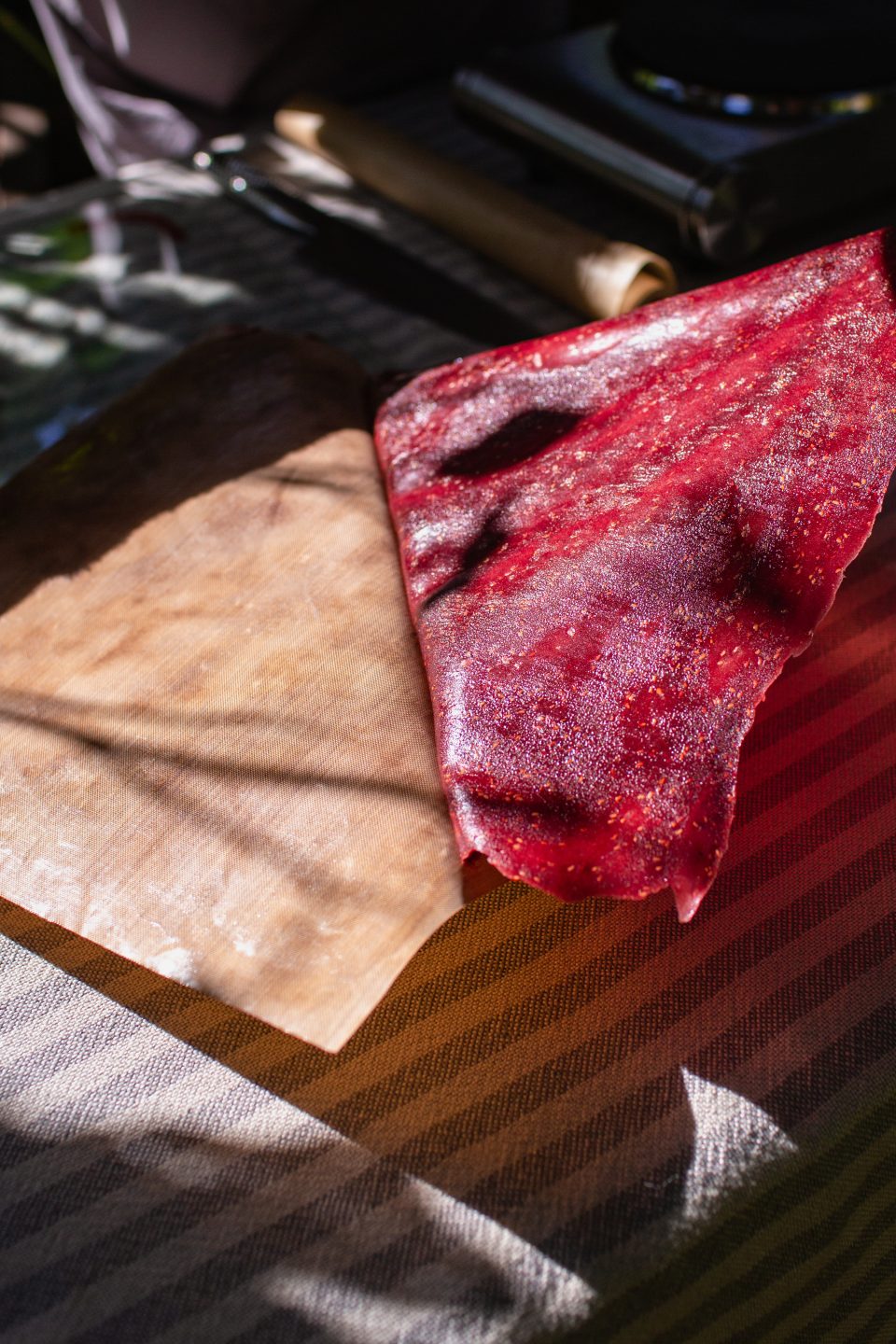
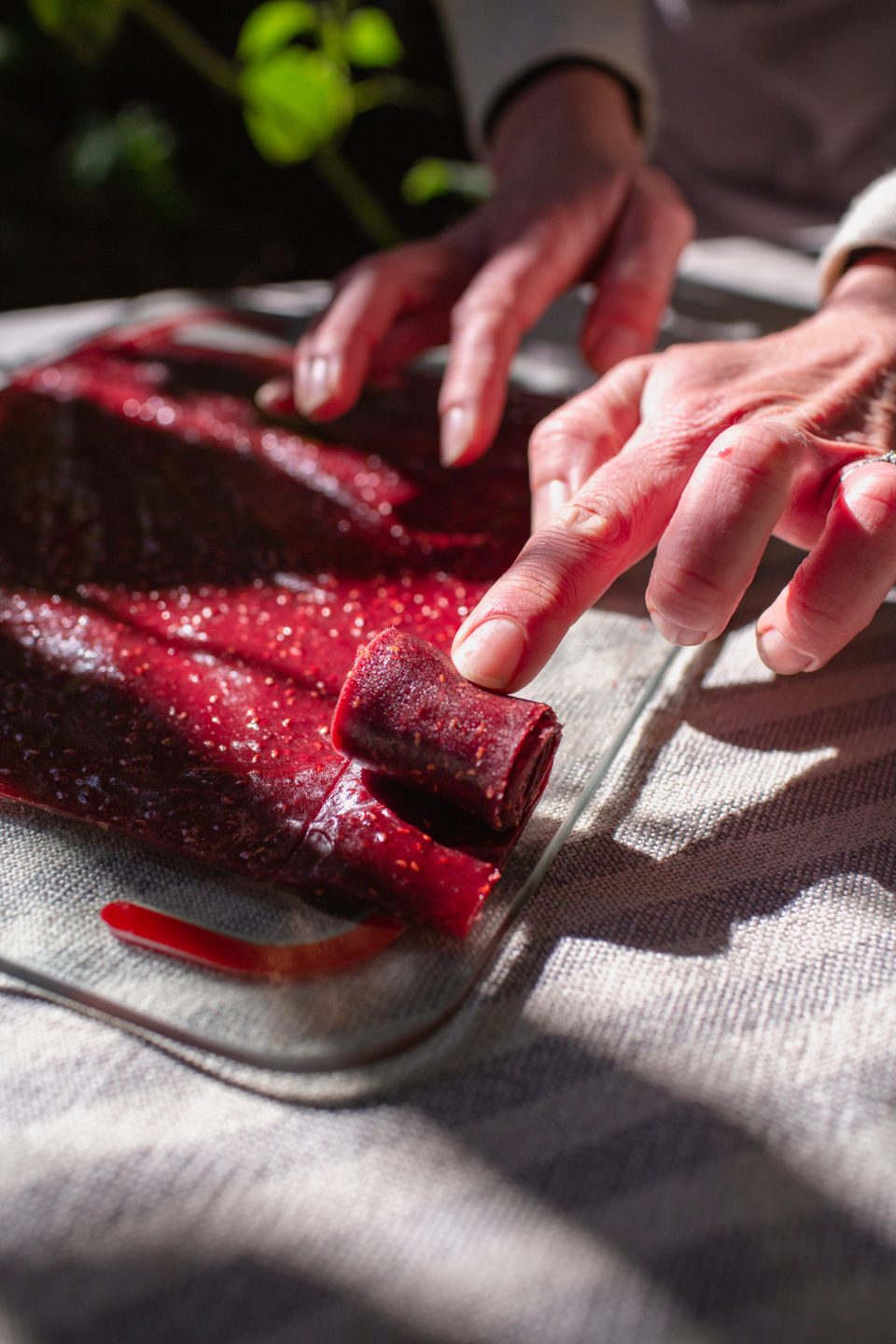
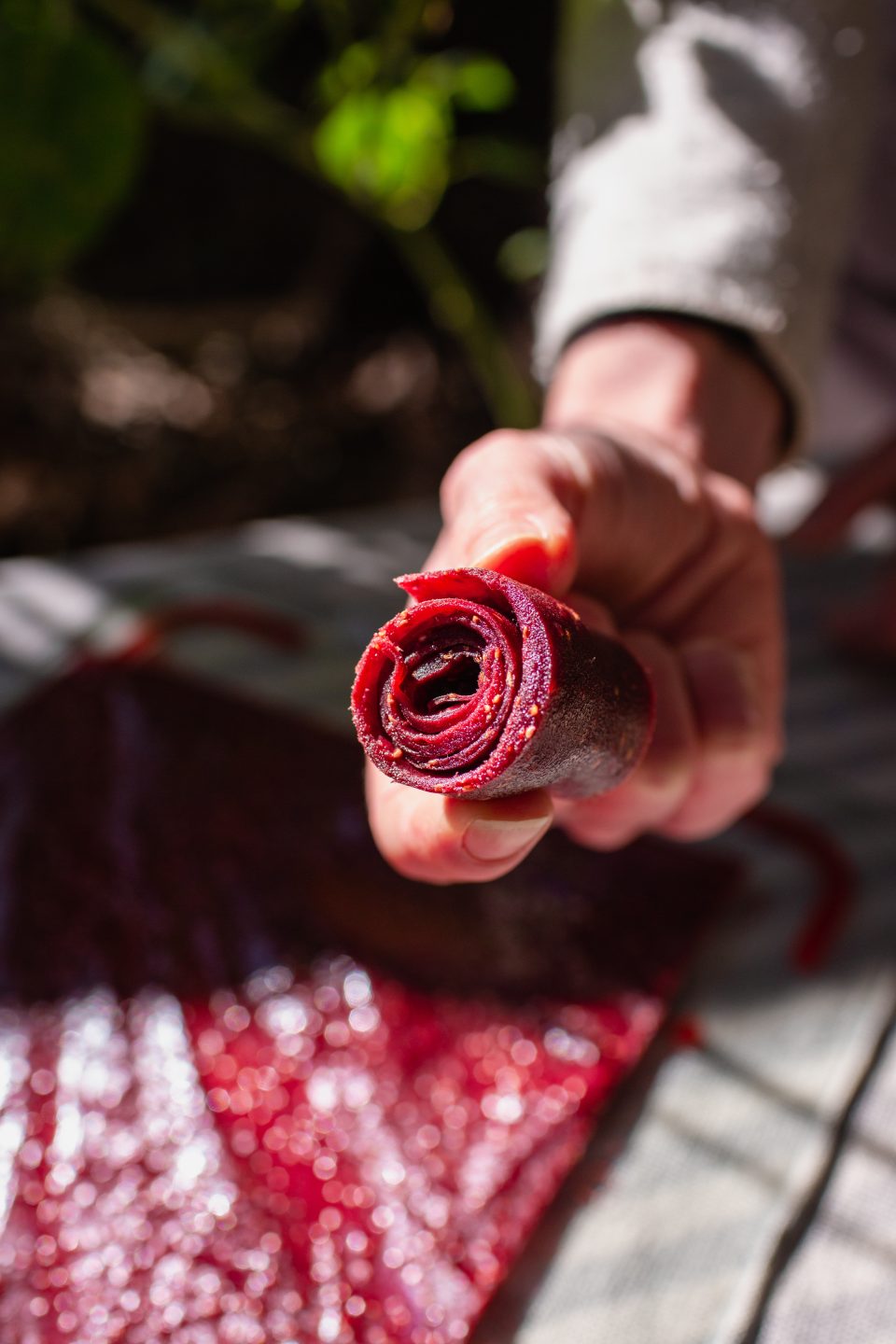
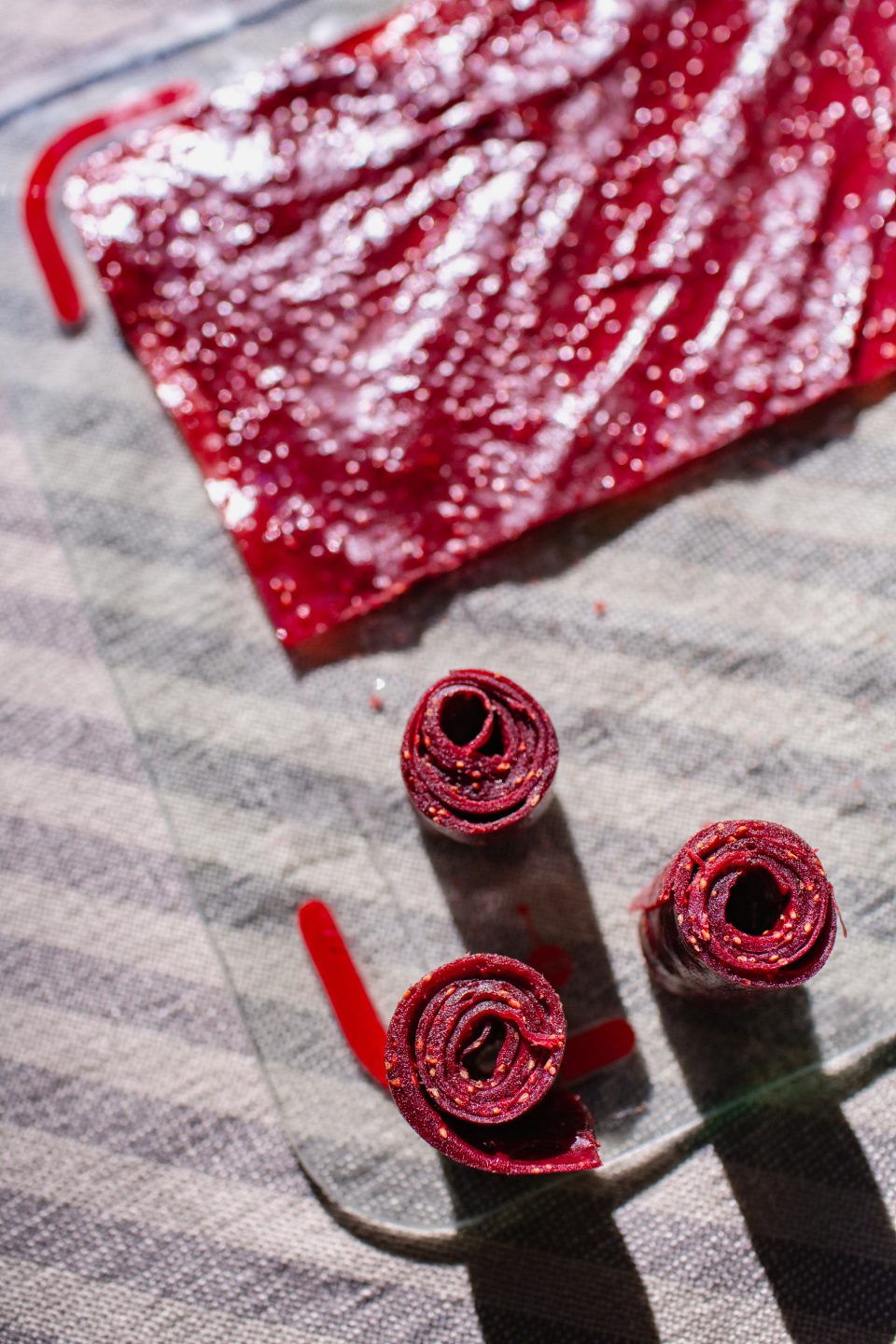
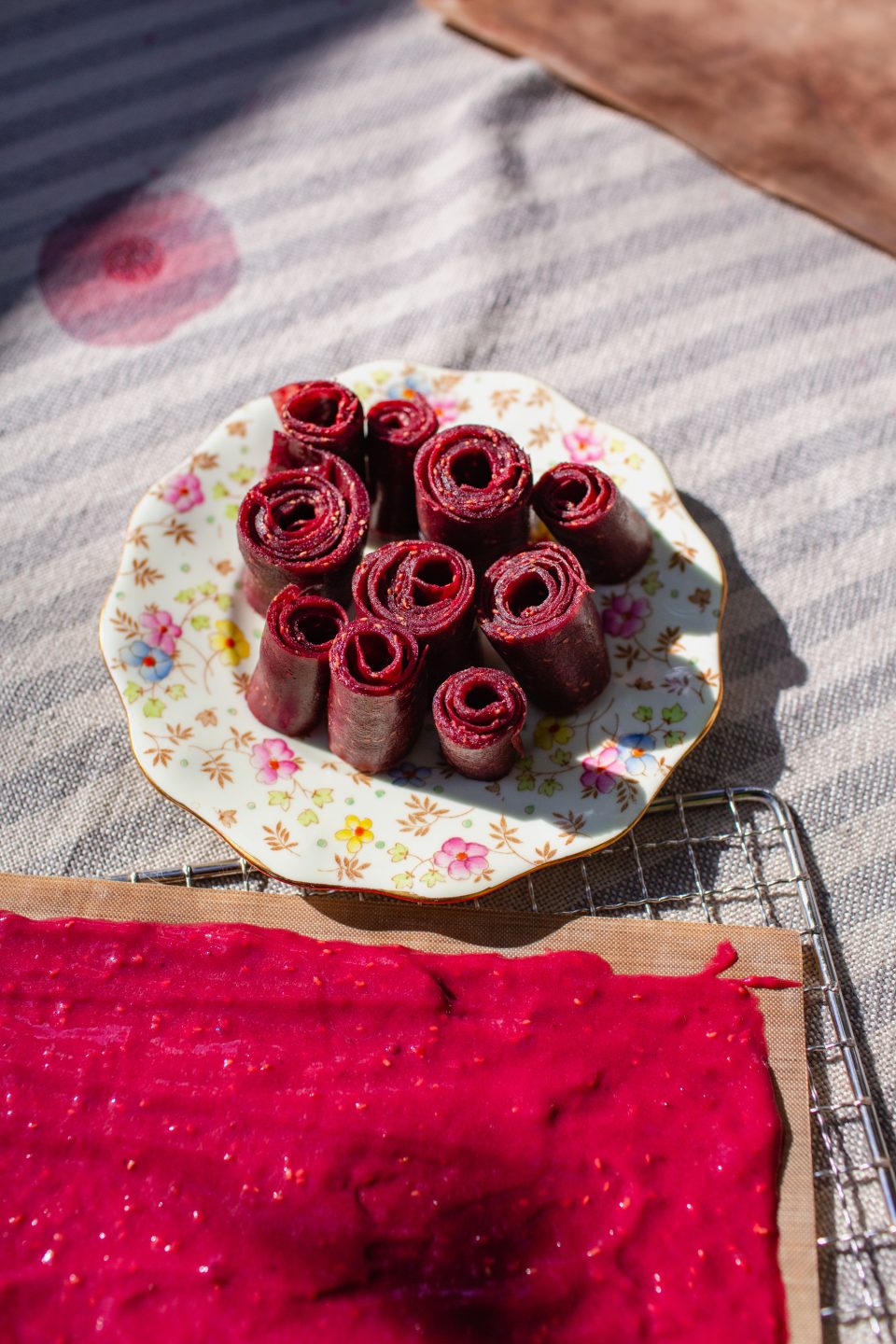
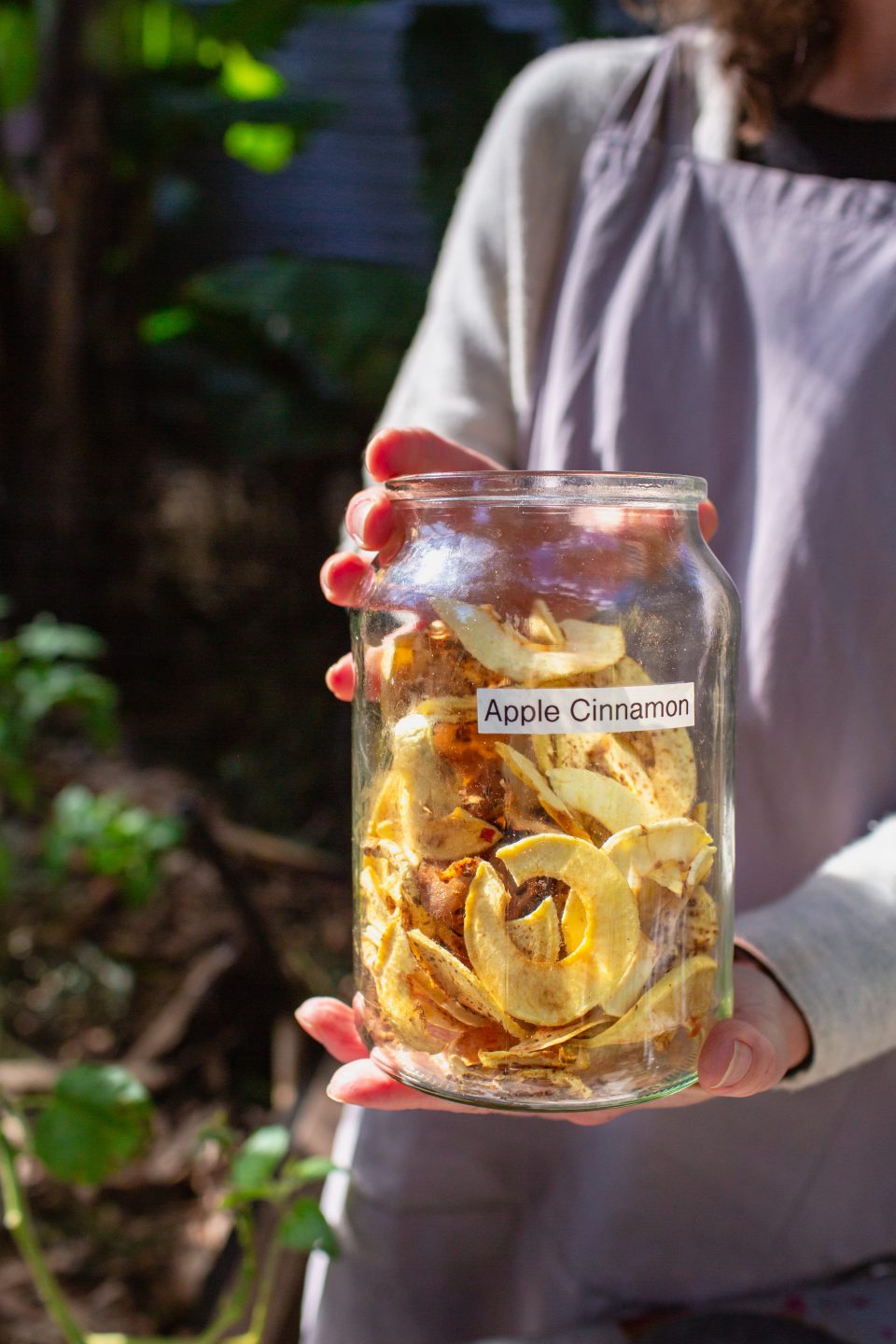
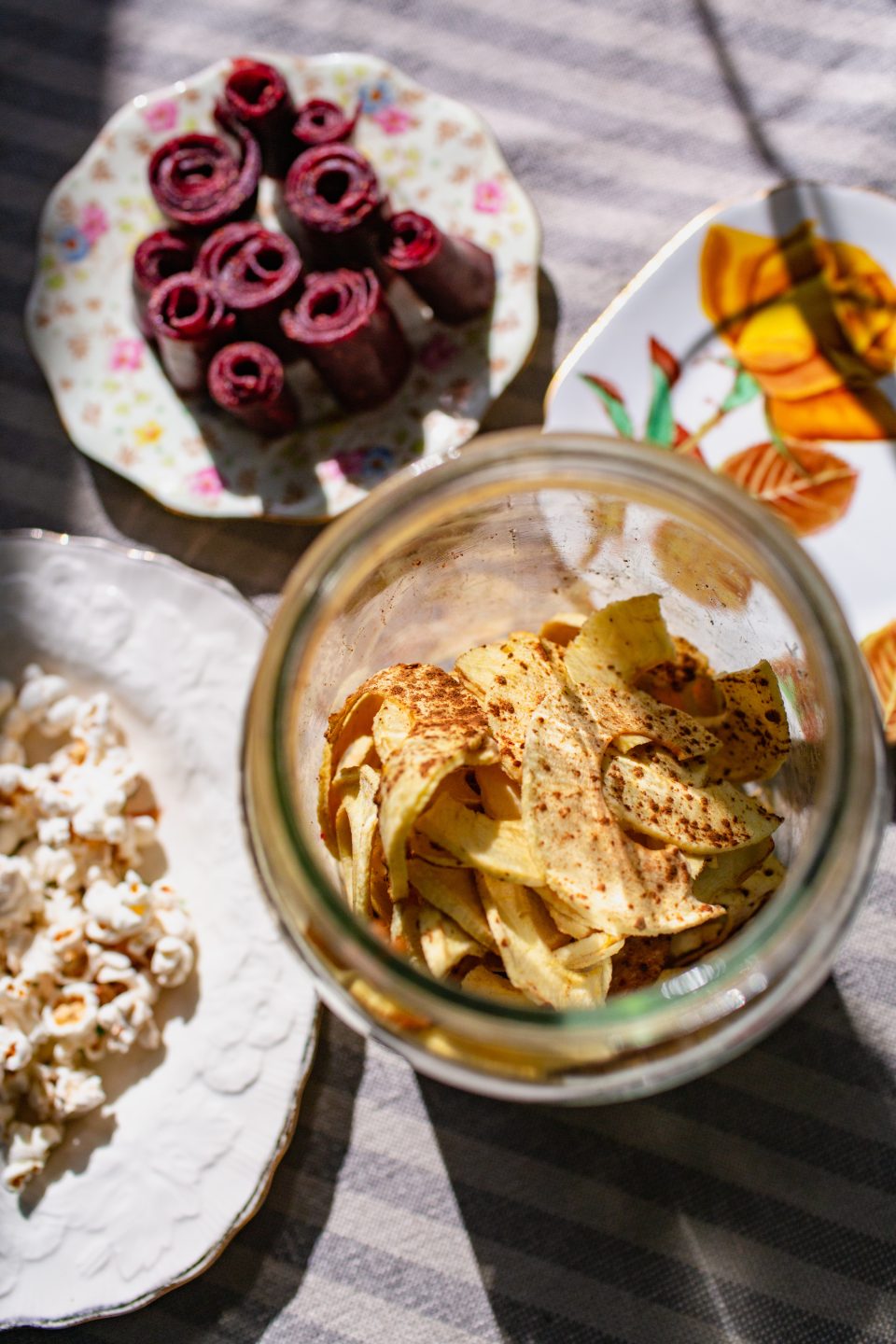
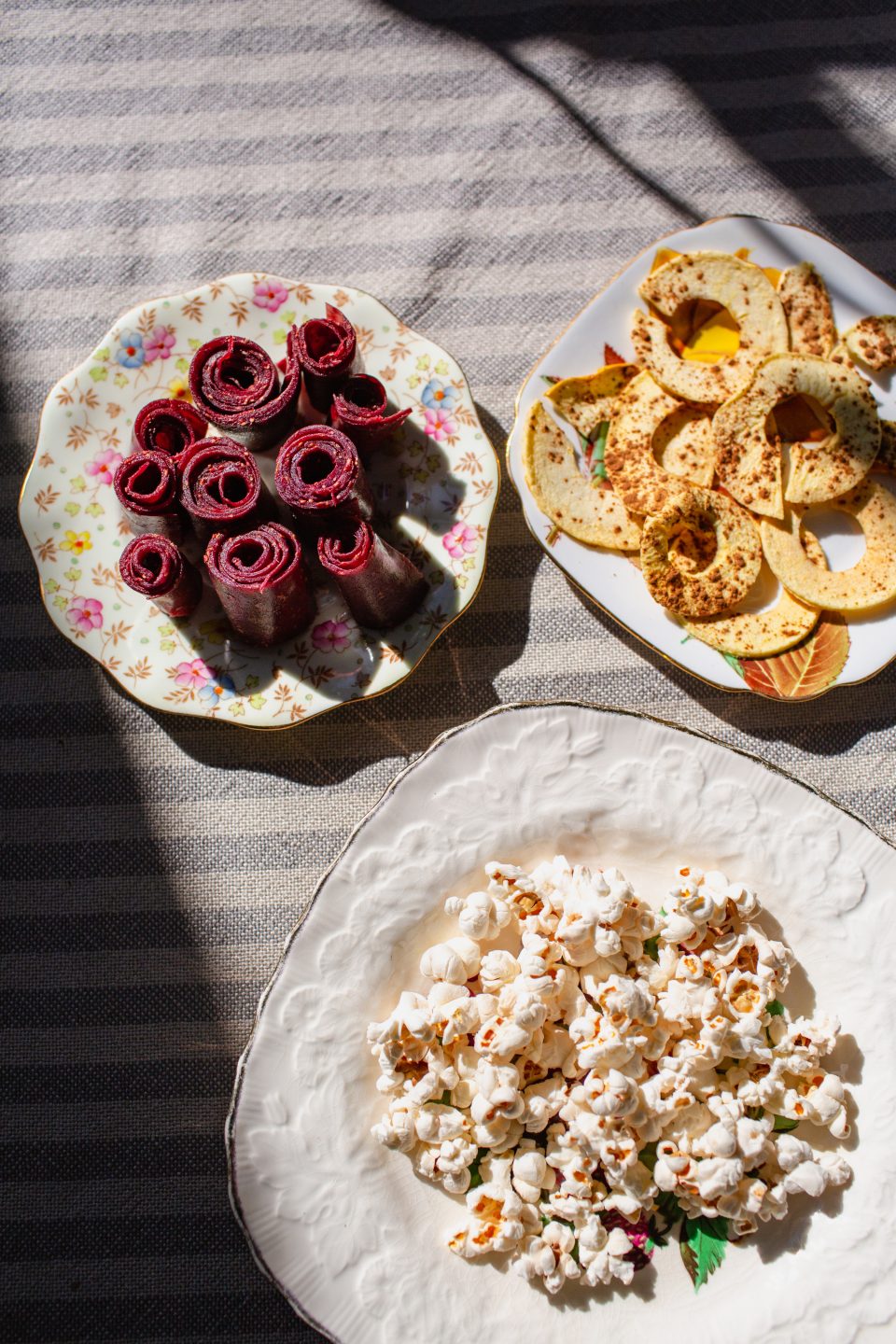
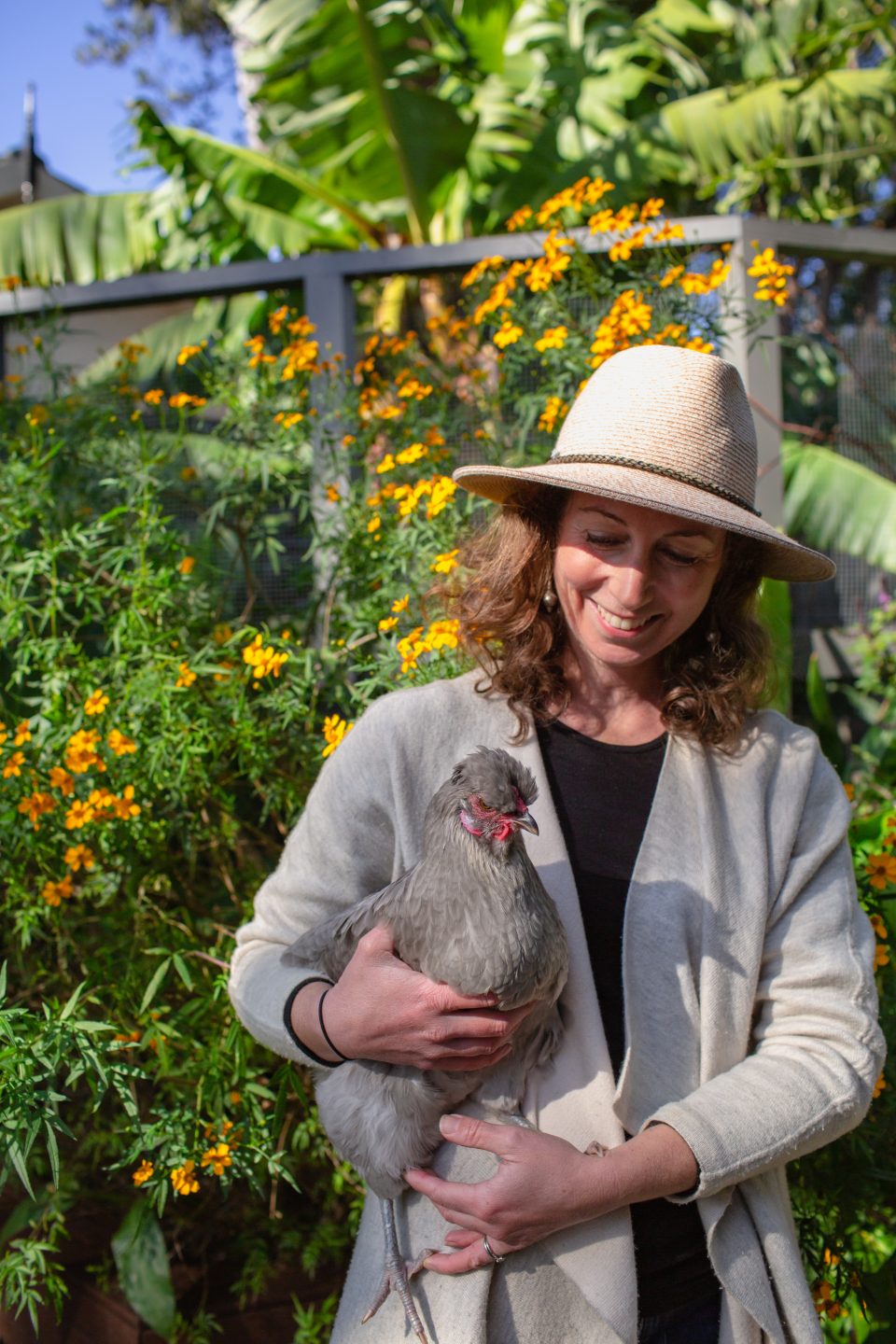
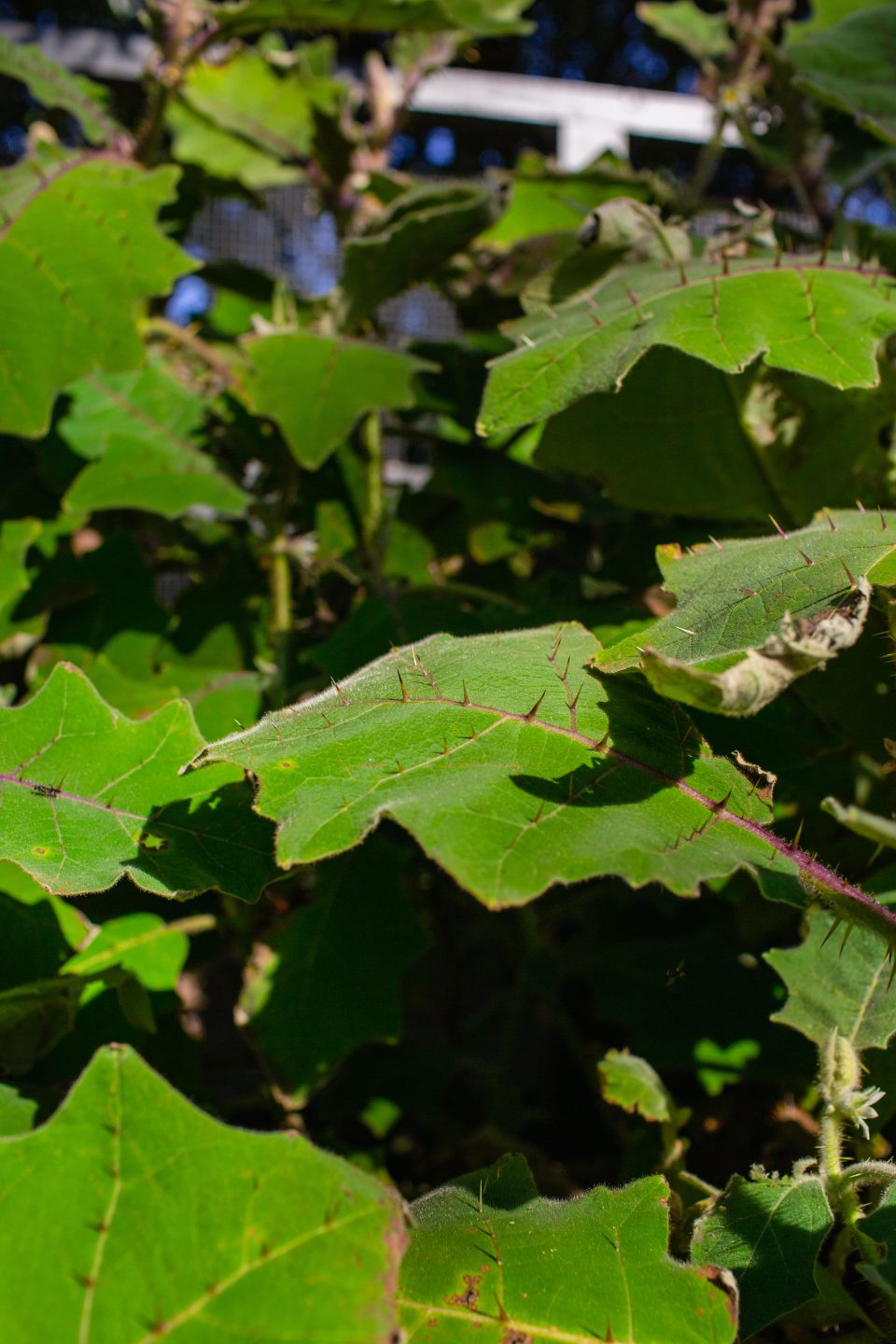
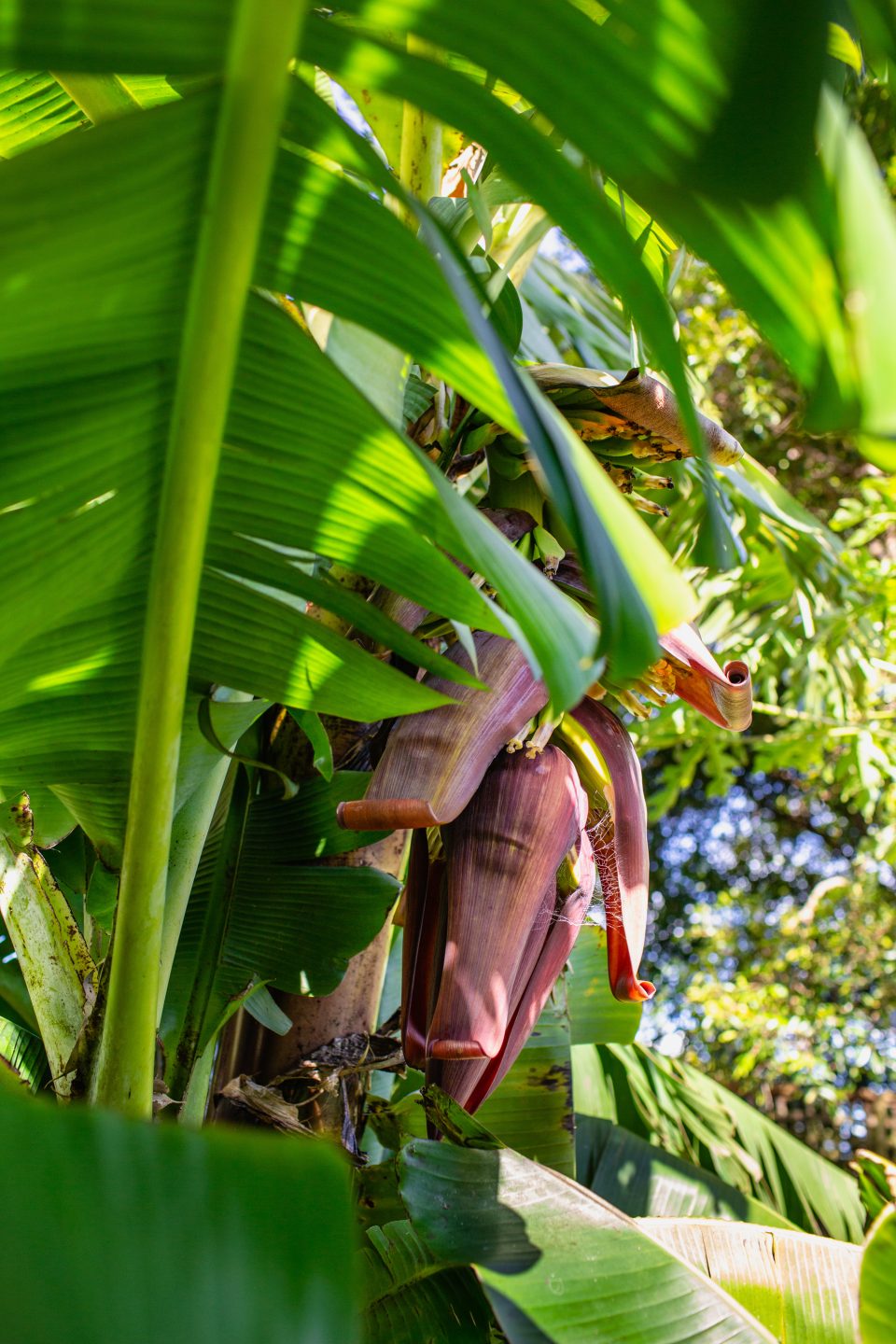
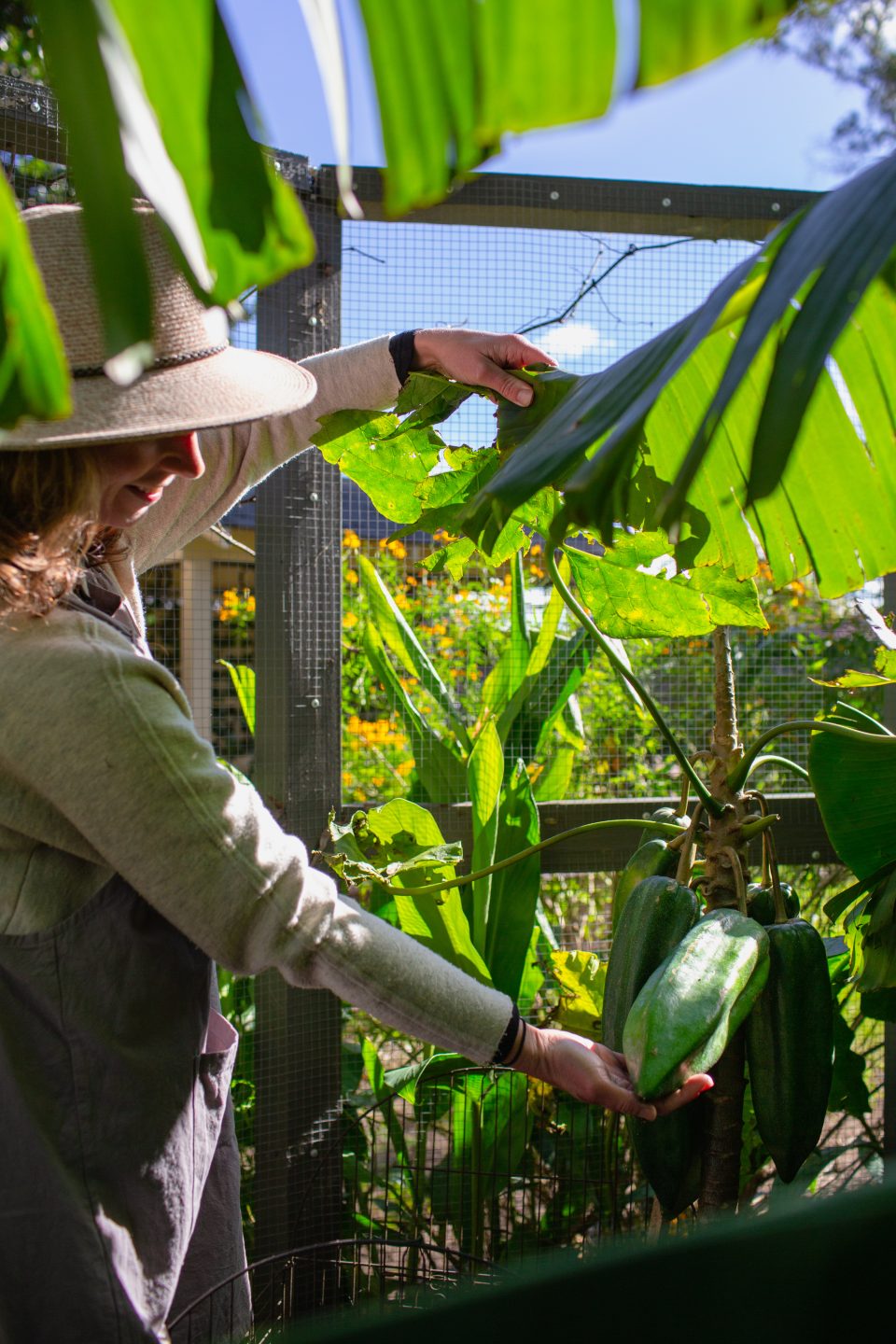
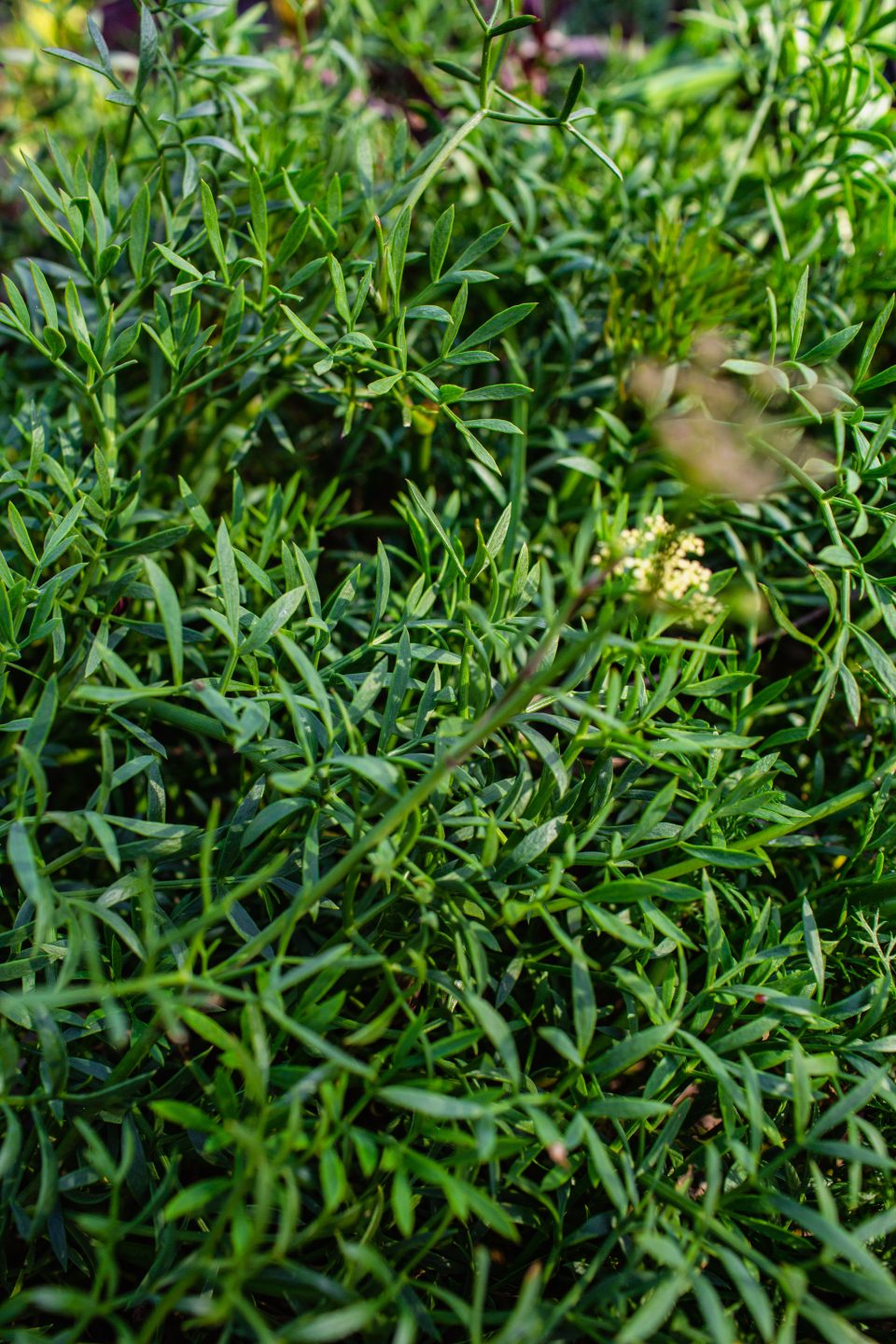
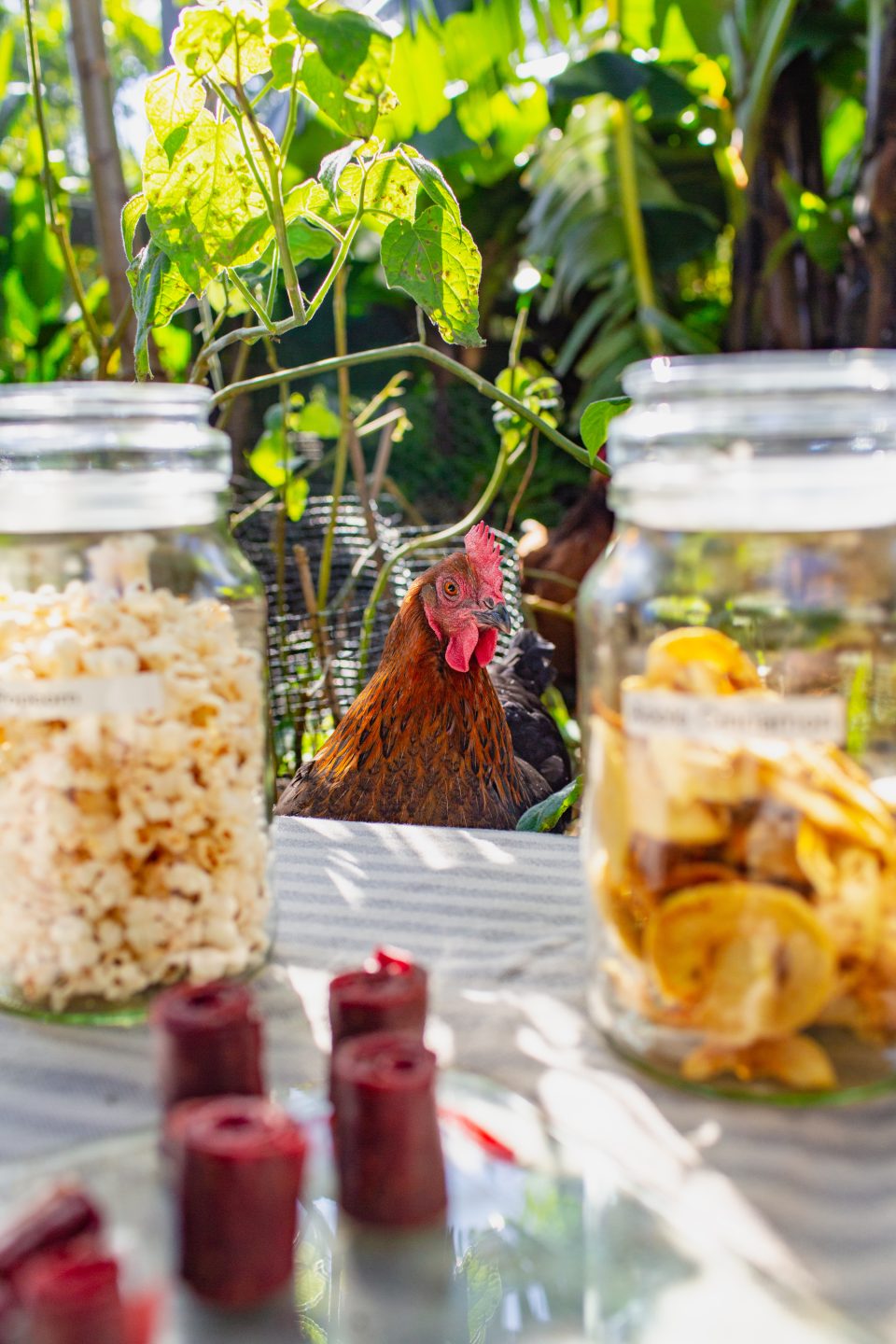
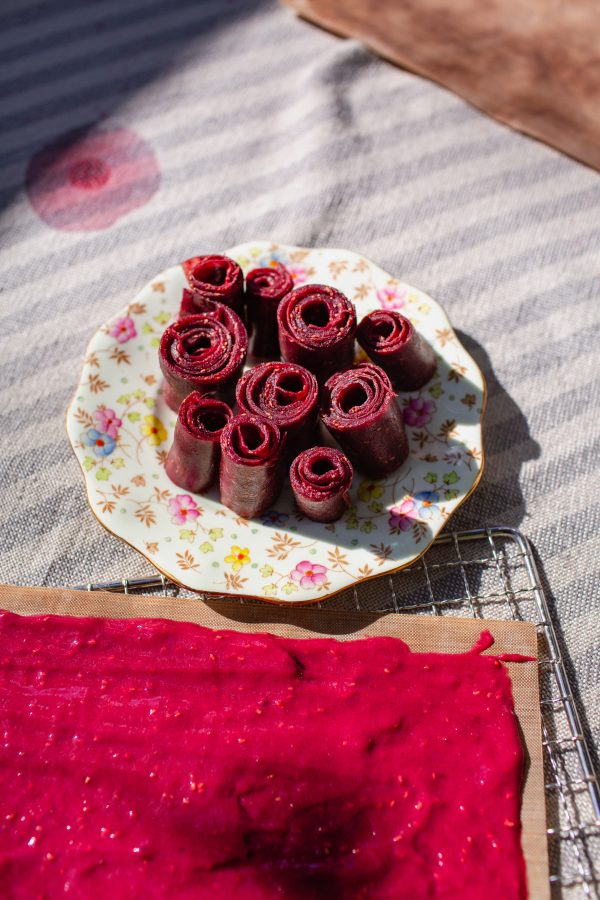
Berries Fruit Leather
Prep time: | Cook time: | Serves 8
- 1.5 cups raspberries (fresh or frozen)
- 1.5 cups banana (fresh or frozen)
- 3 tbsp honey
- 1 tbsp lemon juice
- Combine all ingredients in a saucepan over medium heat. If using frozen fruit there’s no need to thaw or chop it prior, it will melt and combine quickly once heated.
- Cook on low heat until the fruit is released in juices and starts to combine.
- Stir intermittently to prevent it from sticking to the bottom of the pot.
- Let the mixture reduce until it is quite thick, similar to a jam consistency.
- Remove from heat and allow the mixture to cool.
- Add to blender or food processor and blend until very smooth (can use a nutribullet).
- Spread the thick puree onto a dehydrator sheet/silicon baking mat/baking paper. Try to ensure that the thickness is as even as possible. Roughly about 1/2-1cm thick works well.
- Dehydrate at 65C for about 6 hours. If you don’t have a dehydrator, home oven works too. Set it to fan setting on 90C and cook for about 4 hours. Cooking condition depends on the humidity in the air, positioning of your tray and the consistency/thickness of the mixture. Please adjust accordingly.
- You will know when it’s done when the mixture is tacky, but not sticky, and very easy to peel off the mat/sheet.
- If sections look to be drying inconsistently turn the tray or flip the mixture to even out the process.
- Once sufficiently cooled down and dry to the touch, peel the fruit leather off the sheet and cut into portions. These can either be served as is, cut into strips/ shapes with cutters or rolled in baking paper to resemble conventional roll ups.
- If dried sufficiently and stored properly in an airtight container these should last a month in the pantry.
